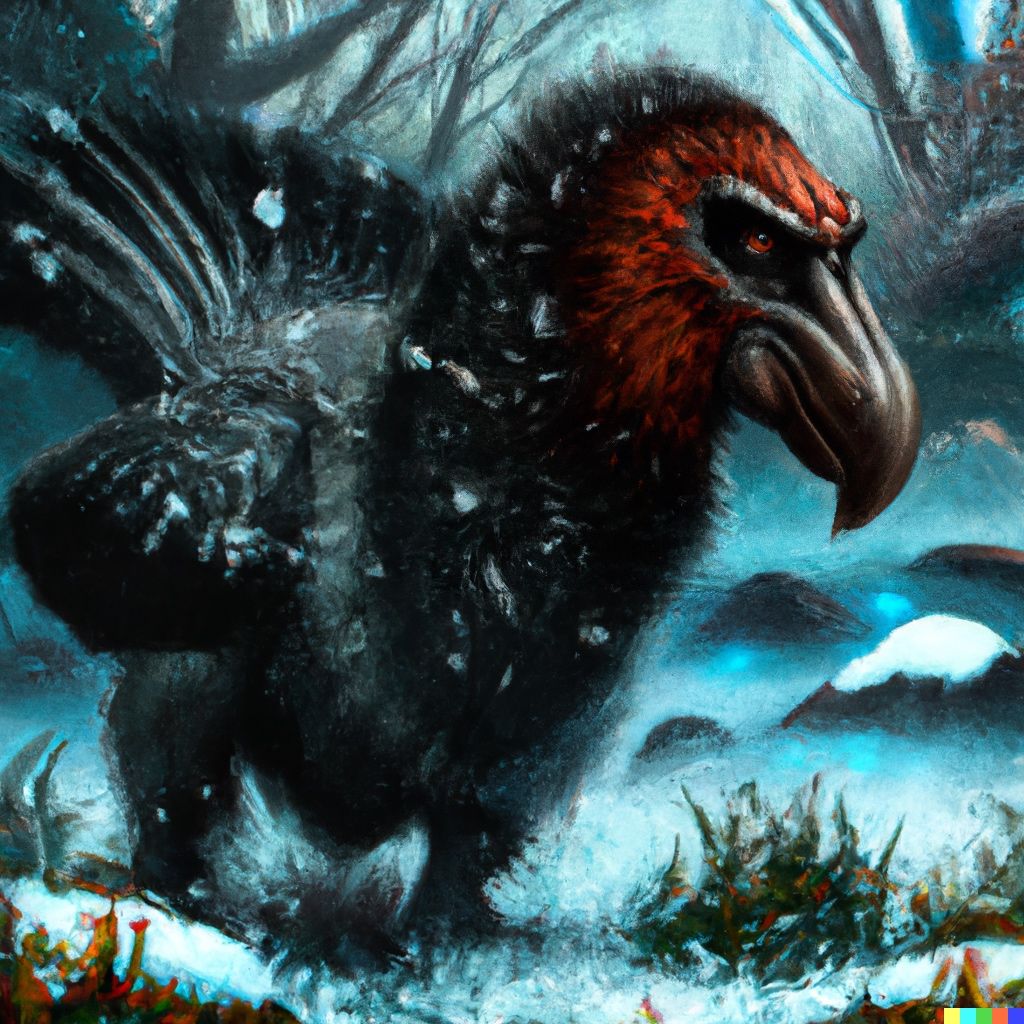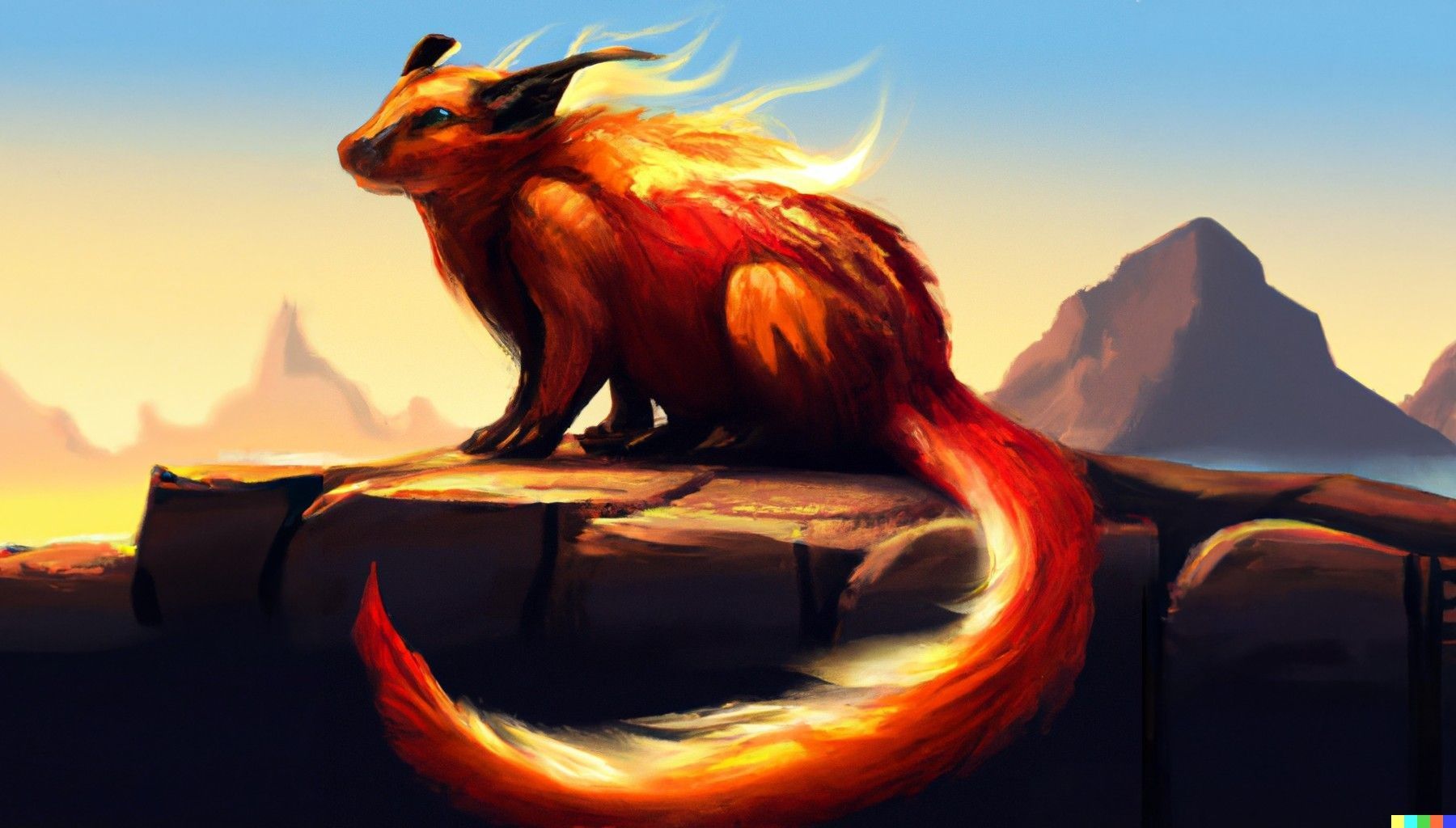A collection of fantastic beasts and magical creatures in their natural environments. The descriptions of the creatures are generated using GPT-3 by giving it a list of imaginary creatures that I made up. The results are then given to Dall-e 2, to see how creative it is in turning imaginary creature names into pictures.
My part in this process was creating an initial list of imaginary creatures to use as examples f0r GPT-3, cherry picking the best pictures, and tweaking the creature descriptions where necessary.
Enjoy!
Klouzet
The Klouzet is a creature that lives in forests and near rivers. It is a carnivore that hunts for fish, and uses its long tongue to groom its fur. It is the size of a large dog, and has bright green eyes. It has long pointy ears, and a thick fur that protects it from the cold. The fur is very rough, and has green stripes from front to back for better camouflage in the forest. In the early morning you can often find them near rivers, hunting for fish. It is a timid creature, and will flee if it senses danger. The Klouzet is an important creature in the forest ecosystem, as it helps to keep the fish population in check. Without the Klouzet, the fish would over populate and eventually deplete the resources in the river. During the winter, the Klouzet will hibernate in its burrow, and emerge in the spring when the fish begin to spawn.
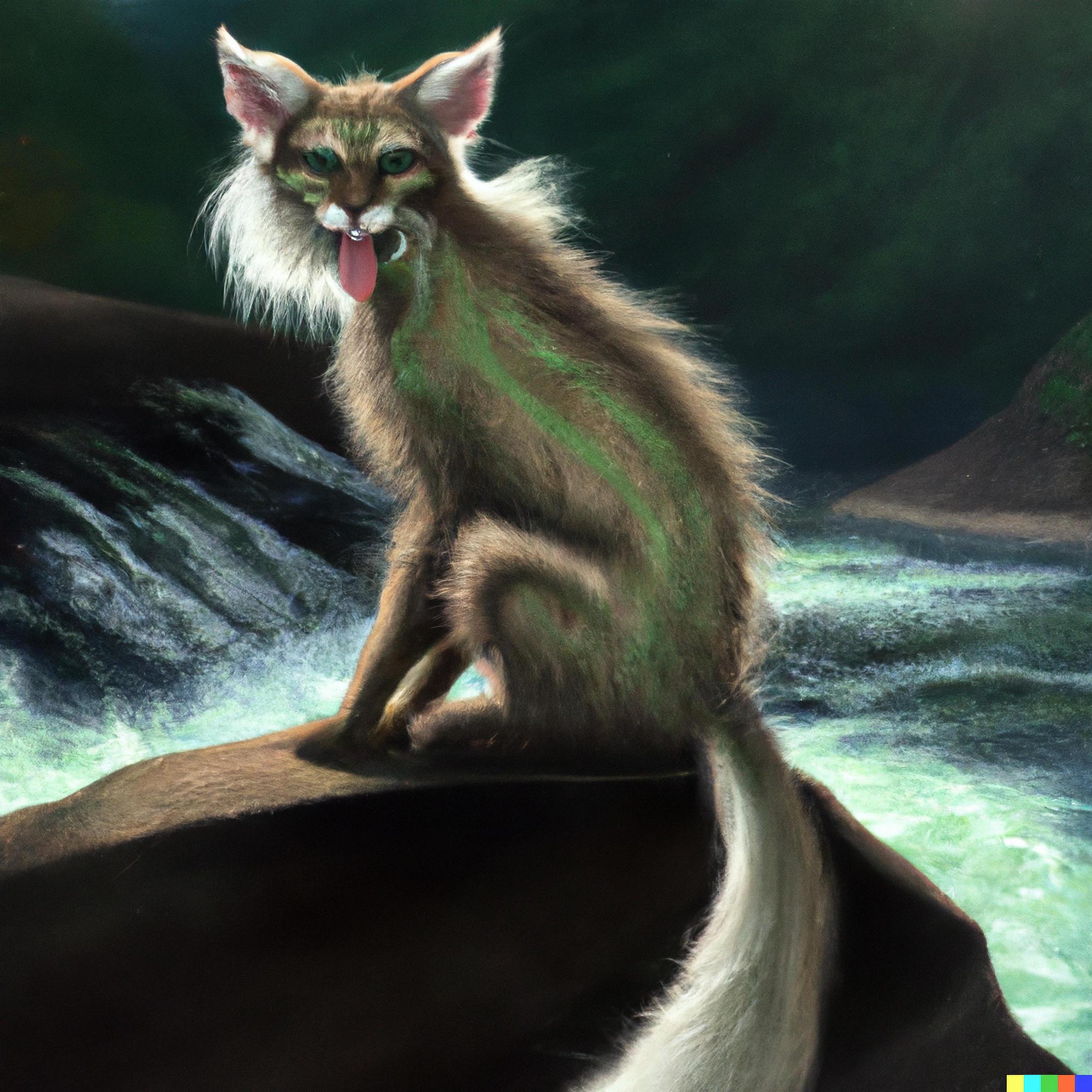
Flotop
The Flotop is a creature that lives in hot and dry desert areas. It feeds on termites. It is the size of a small bird, and has a pink body and a long greenish tail. It has a pointy snout, like a bird's beak. The Flotop looks scary, but it is mostly harmless to humans. It is a very efficient flyer, because of its ultra lightweight body. It can fly for long periods of time without tiring. Its long tail can be used to get termites out of their mounds. Interestingly, the Flotop does not have any eyes. It uses its sense of smell to locate termite hills.
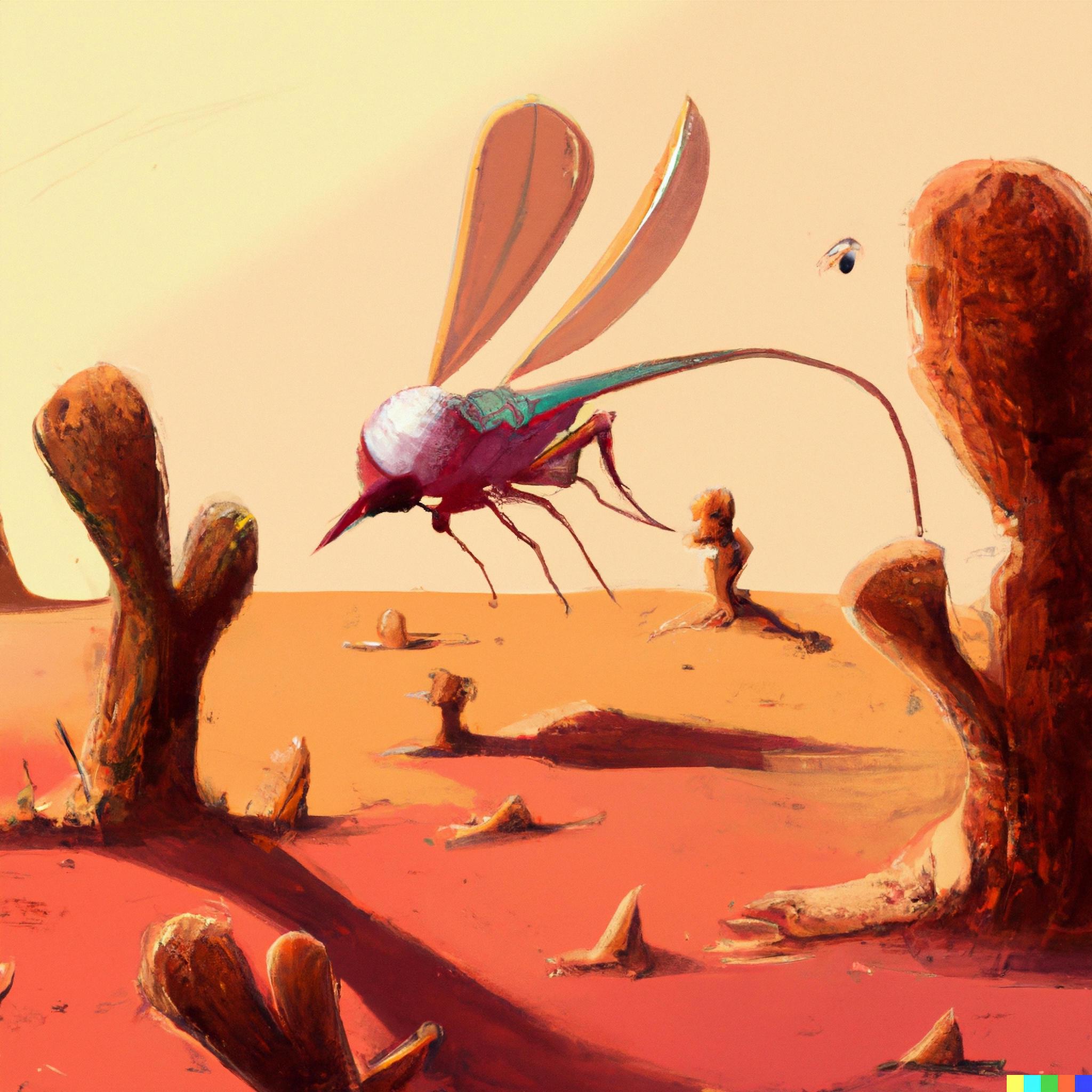
Bortodont
The Bortodont is a creature that lives in swamps. It is a slow moving creature that feeds on nuts, worms, and other insects. It is the size of an Ankylosaurus, and has a grayish body with large pointy brownish extensions coming out of its side. The extensions are flexible and can be used to help the Bortodont move through the mud. The Bortodont's back is very tough, and it has armour to protect it from predators. When it is threatened, it will raise its extensions to make itself look bigger and more intimidating.
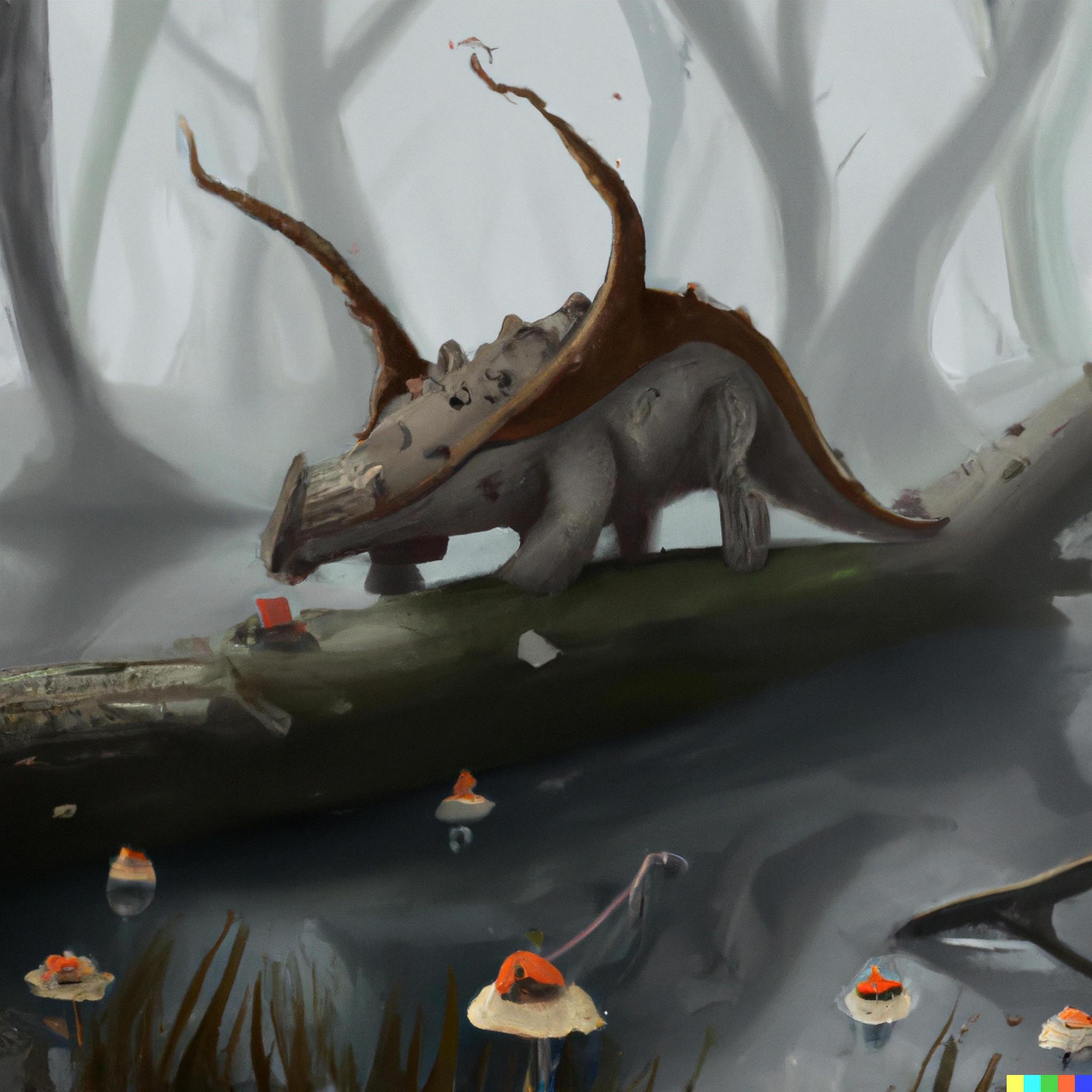
Flisk
The Flisk is a creature that lives in underwater kelp forests. It looks like a seal with large mouse like ears. These ears serve as sonar, to help the Flisk find food. It is the size of a small seal, and has white fur with large mouse-like ears. It is a good swimmer and can stay under water for a long time. Flisks are very curious, and will even approach humans if it feels safe. A Flisk's diet consists mostly of kelp, but it will also eat small fish and invertebrates. Larger Flisks can even eat octopuses and squid.
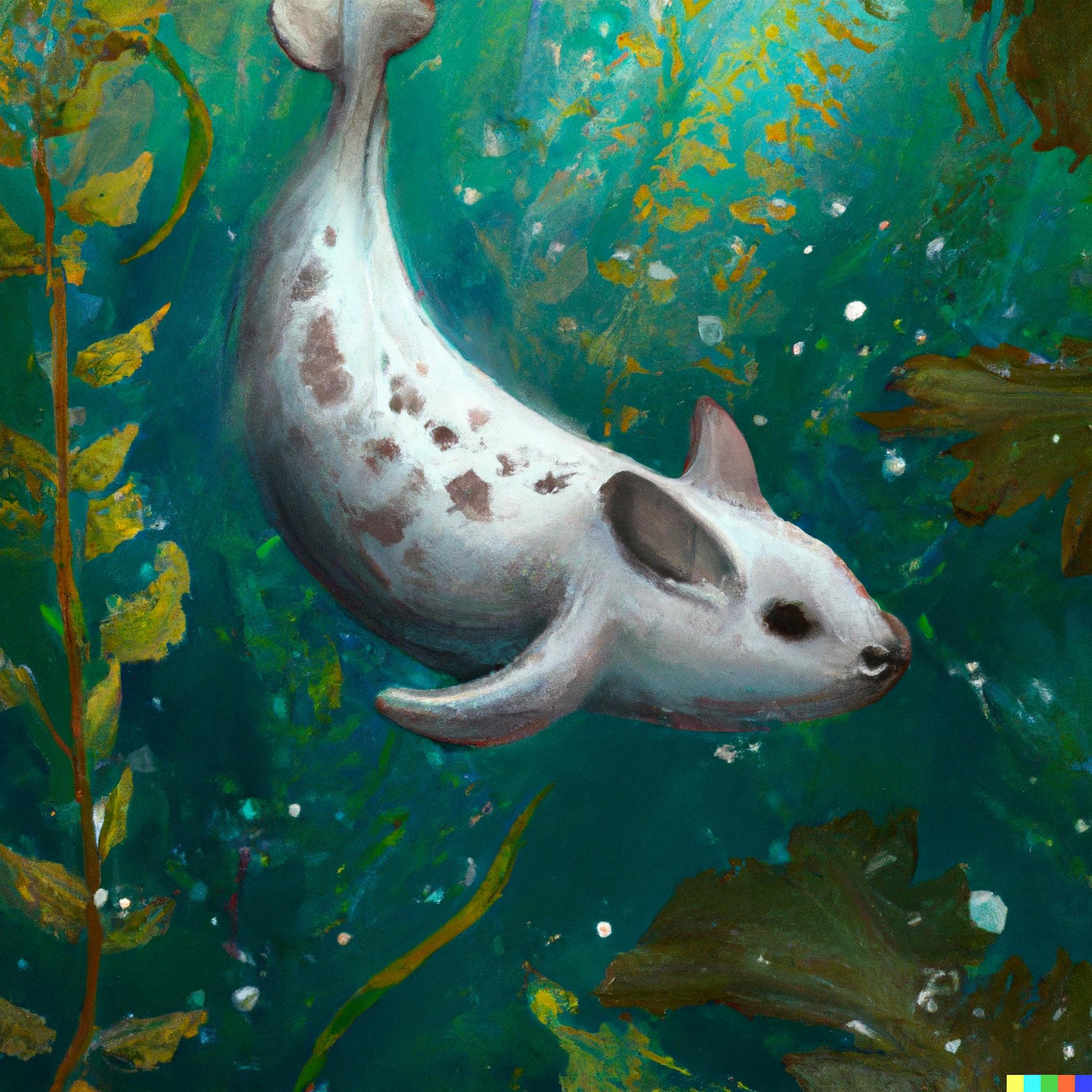
Grimalkin
The Grimalkin is a predatory cat that lives in the coldest parts of the world. It has black fur and green eyes. It is about a meter long, and has long claws that help it to stalk and kill its prey. The Grimalkin is a very stealthy hunter, and will often lie in wait for hours before attacking. Its favorite prey is the hare, but it will also eat other small mammals and birds. In the winter, the Grimalkin will often hunt in the snow, using its black fur to camouflage itself as a rock. Some people believe that the Grimalkin is a magical creature, because of its ability to disappear and reappear at will.
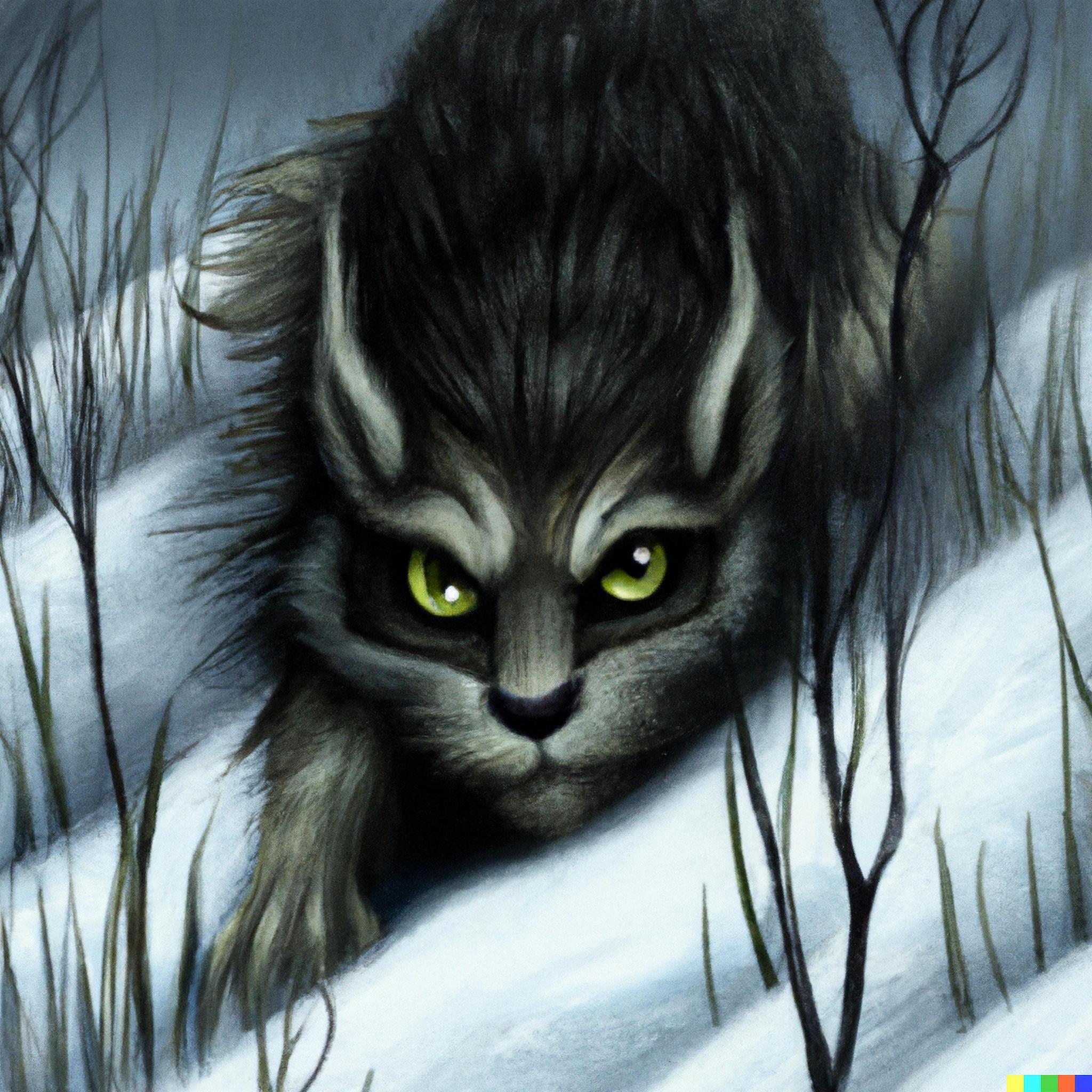
Gronack
The Gronack is a gentle giant that lives in forests. It is very tall and has a long neck. It eats the leaves from the trees. To avoid being seen, they often stand very still amongst the trees. When they move, they are very graceful. Gronacks are very social creatures, and live in herds. Interestingly, Gronacks are born with stripes, which fade as they grow older.
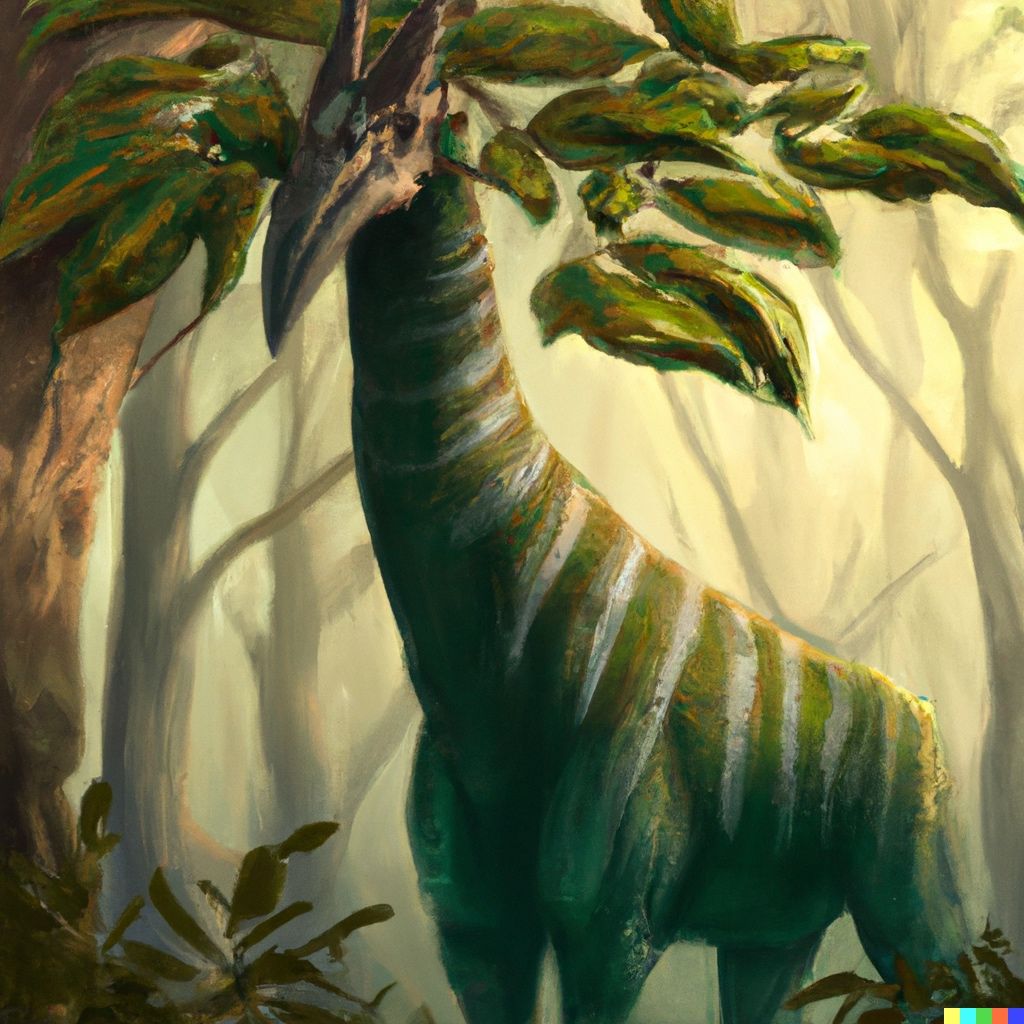
Draug
The Draug is a bird that lives near the sea. It is a large raven like creature with black wings. It has red eyes, and can grow up to one and a half meters tall, with a wingspan of 3,5 meters. The Draug is a scavenger, and will eat anything it can find. It is also known to attack and kill small animals. The Draug is a feared creature, because of its size and its red eyes. Some people believe that the Draug is a demonic creature, because of its appearance.
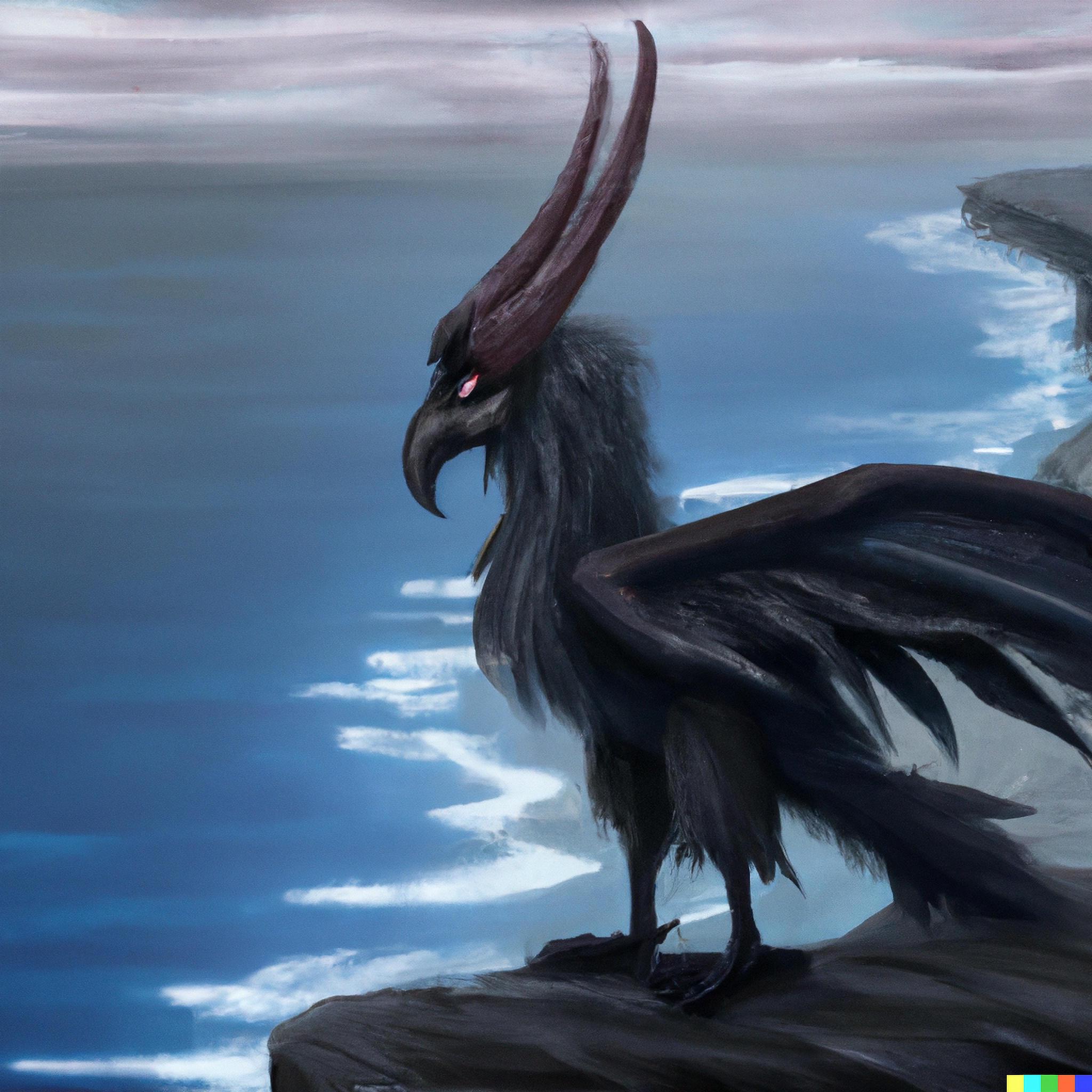
Pryderi
The Pryderi is a small mammal that lives in fields and grasslands. It is small and fast, and has bright red fur. It looks a bit like a small coyote, and has orange-brown fur with black spots, and large ears. It has very intense orange eyes. It feed most mostly on insects, mice and eggs. It is known for chasing butterflies. Pryderis grow up to 50 cm long, and are known to stay together with their siblings for their whole lives.
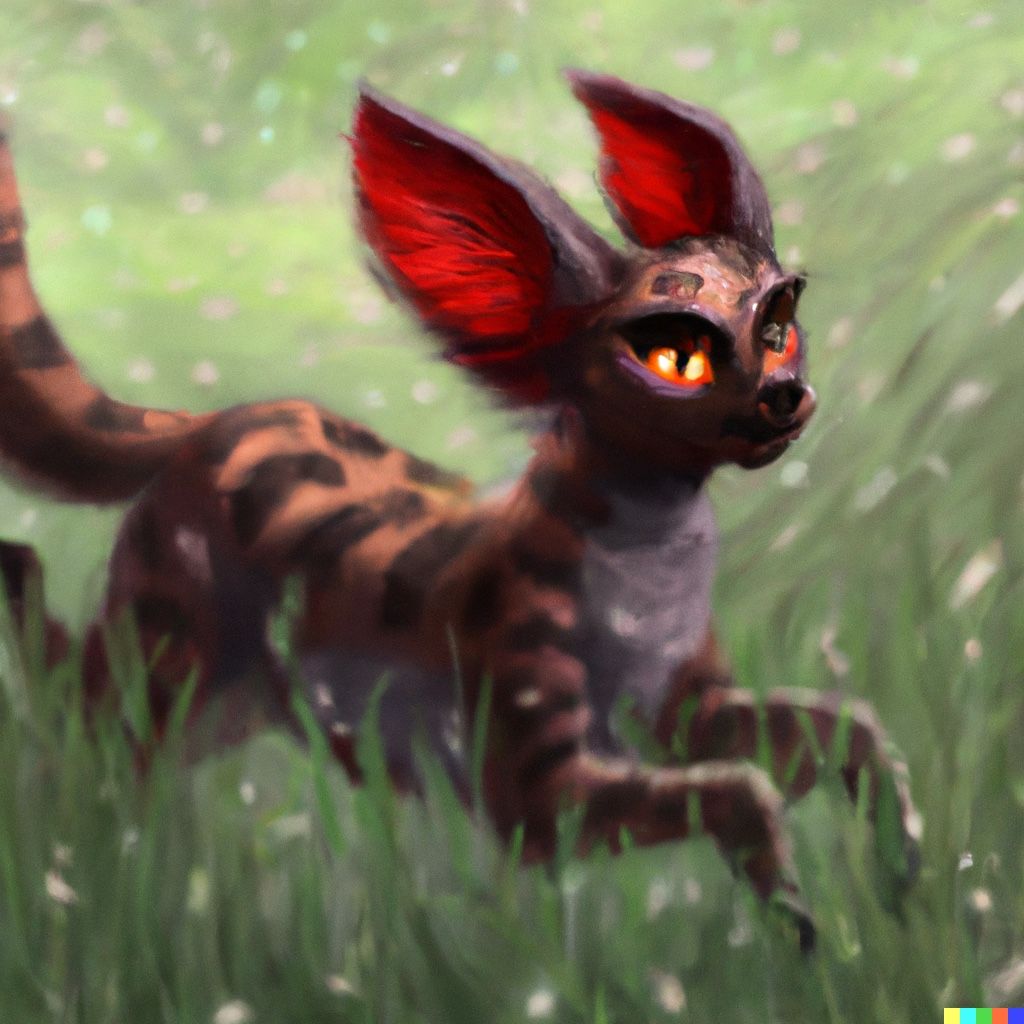
Quillbeast
The quillbeast is a large creature that swims in oceans. It has a long body and tentacles. It is transparent, and eats plankton. It can swim very fast, and is often seen near tropical islands. They are harmless to humans, and are actually quite friendly. They often play by swimming in circles around each other.
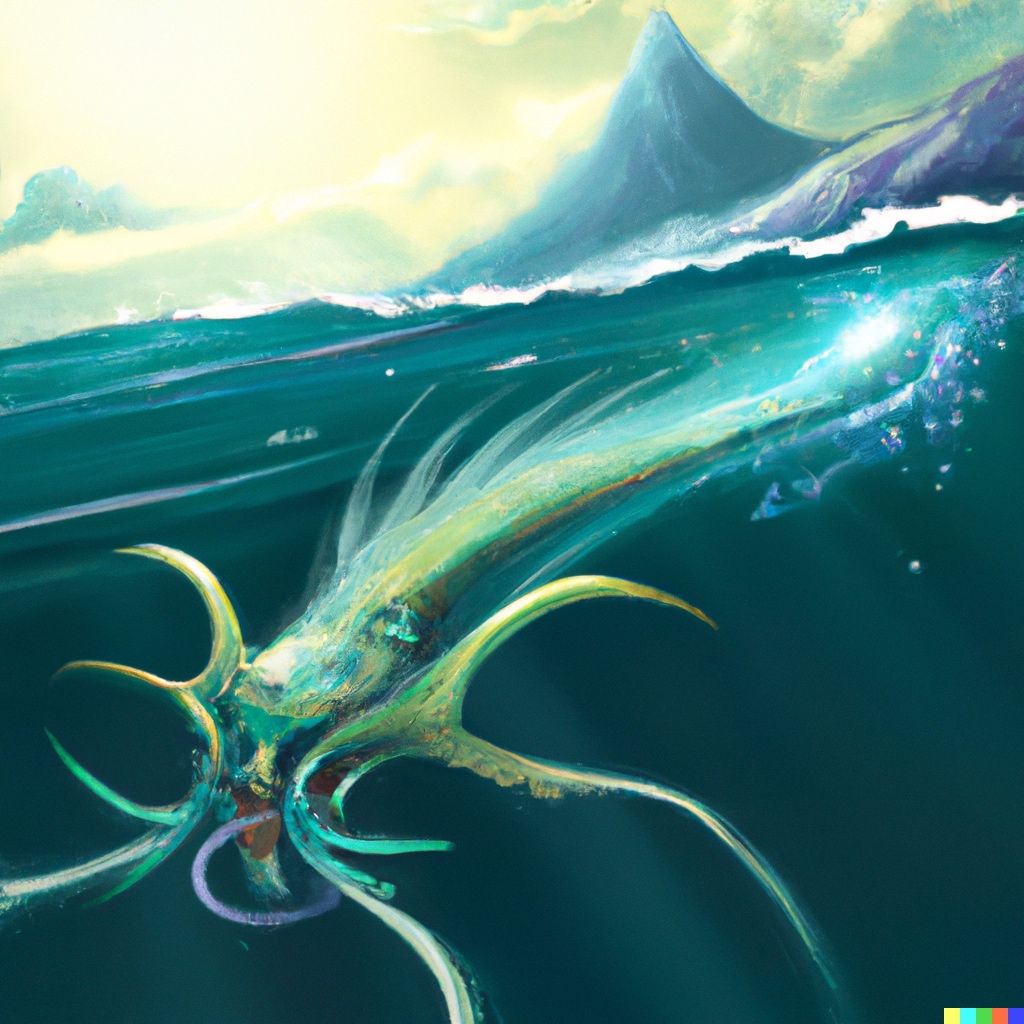
Brollachan
The Brollachan is a predatory creature that lurks in the shadows of dark forests. It has green eyes and long, sharp claws. It is muscular and stocky, with brown and grey stripes. The Brollachan is a cunning hunter. Its favorite prey is deer, but it will also eat other small mammals and birds. It is a feared creature, because of its size and its sharp claws. Sometimes the Brollachan will even attack humans.
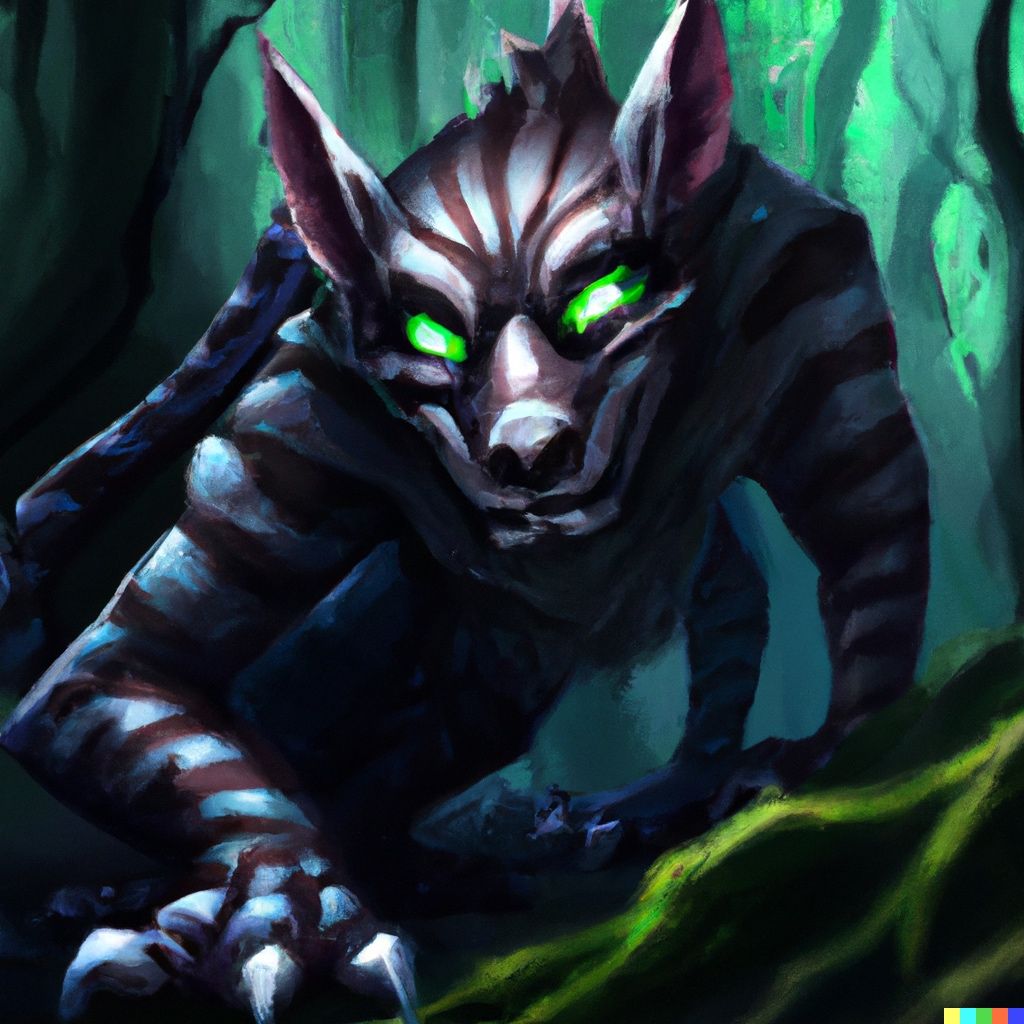
Limnade
The limnade is a creature that lives in freshwater ponds and lakes. It has a long neck and an elegant body. The limnade is pink like a flamingo, but has a thin long beak, making it look very elegant. It feeds on algae and small fish. Limnades keep the water clear by eating algae.
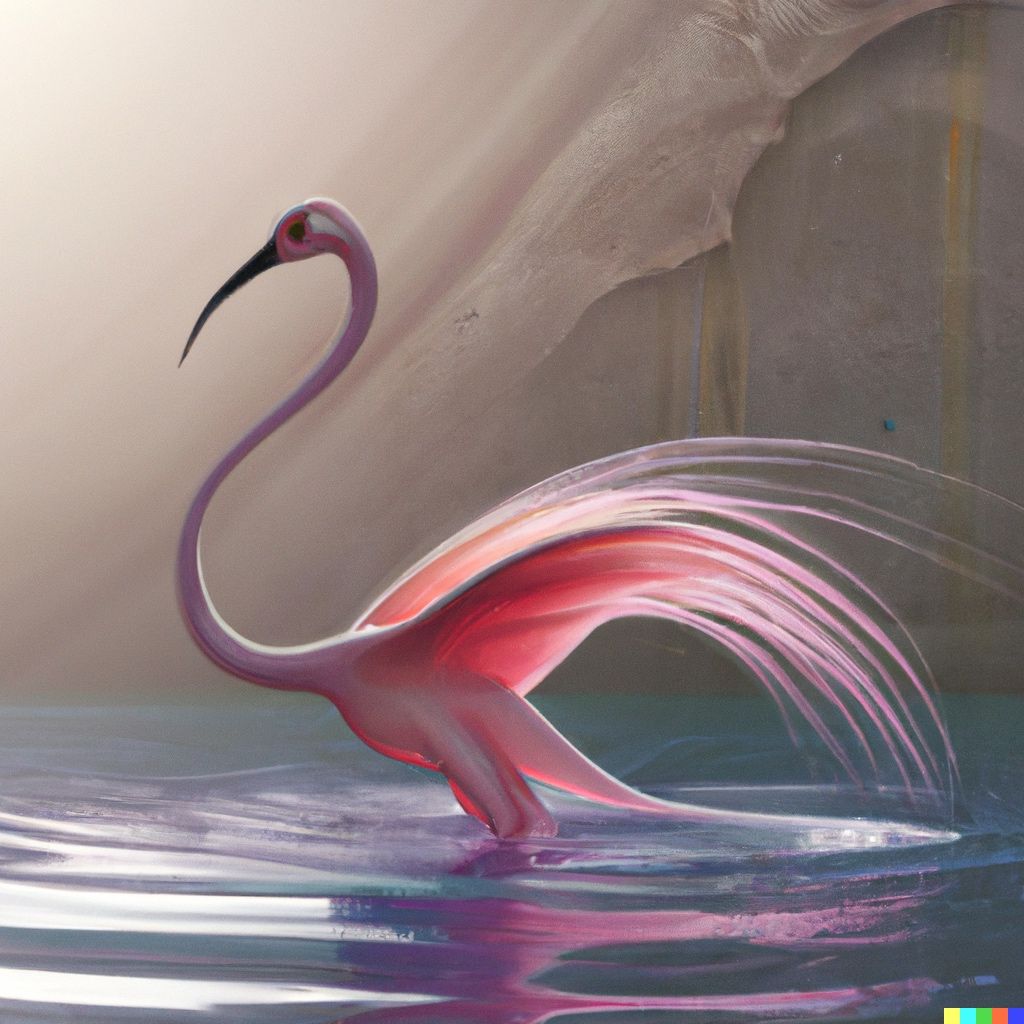
Sundor
The Sundor is a nocturnal creature that hunts at night. It has bright red fur, and a long tail. It is the size of a fox, and has black stripes. Sundors are very shy creatures, and will only come out at night. During the daytime, they will sleep in their dens or bask in the sun. Sundors are skilled hunters, and will often hunt small rodents They are also known to eat fruits on occasion. To avoid being followed, they will often use their long tail to cover their tracks. Sun reflecting on their fur sometimes makes it look like they are on fire.
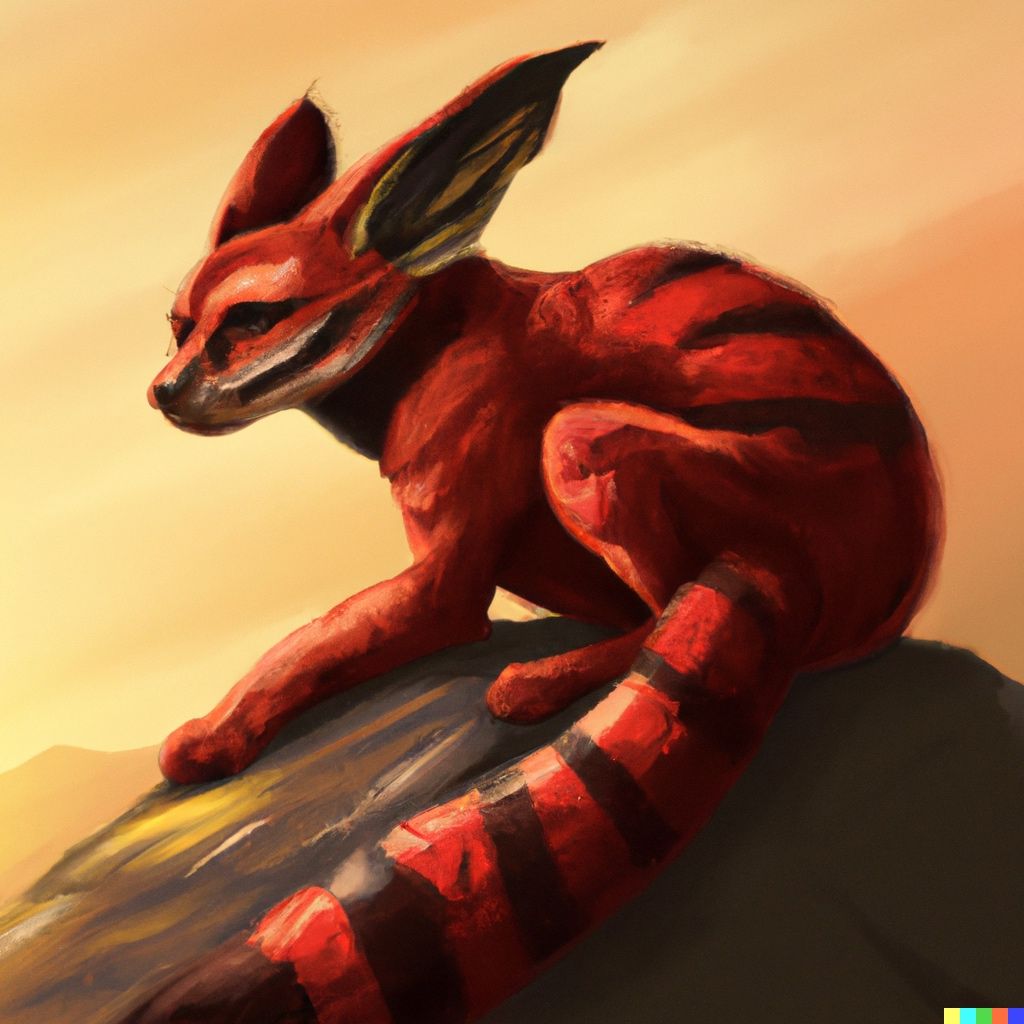
Orox
The Orox is a small mammal that lives in fields and grasslands. It is shy and will run away if it sees you. It is the size of a small goat, and has a pointy beak, small straight horns, and large ears. It is colored like dry grass for camouflage, and has black stripes. The Orox is a herbivore, and feeds on leaves and grass. It is a very fast runner, and can reach speeds of up to 60 km/h. When it is threatened, it will often use its speed to escape.
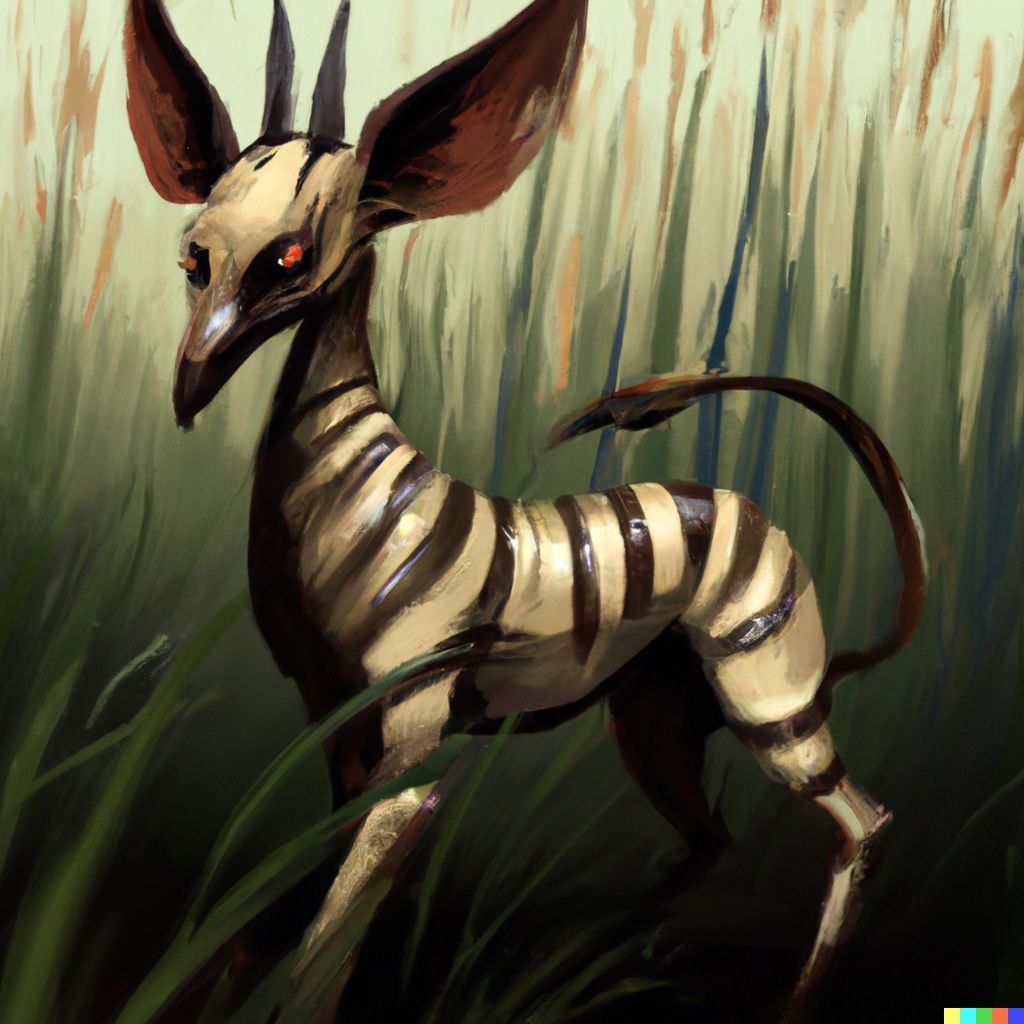
Snorble
The Snorble is a small mammal that lives in meadows and forests. It is very fluffy, and has a long snout. It is covered in short fur that can appear to have multiple colours. The Snorble is a timid creature, and will often flee if it senses danger. It is a good jumper, and can leap up to 2 meters high. The Snorble is a herbivore, and feeds on leaves, flowers and fruits. It is also known to eat insects on occasion. Snorbles are very social creatures, and live in large families. They are known for their friendly personalities and their love of napping in sunbeams.
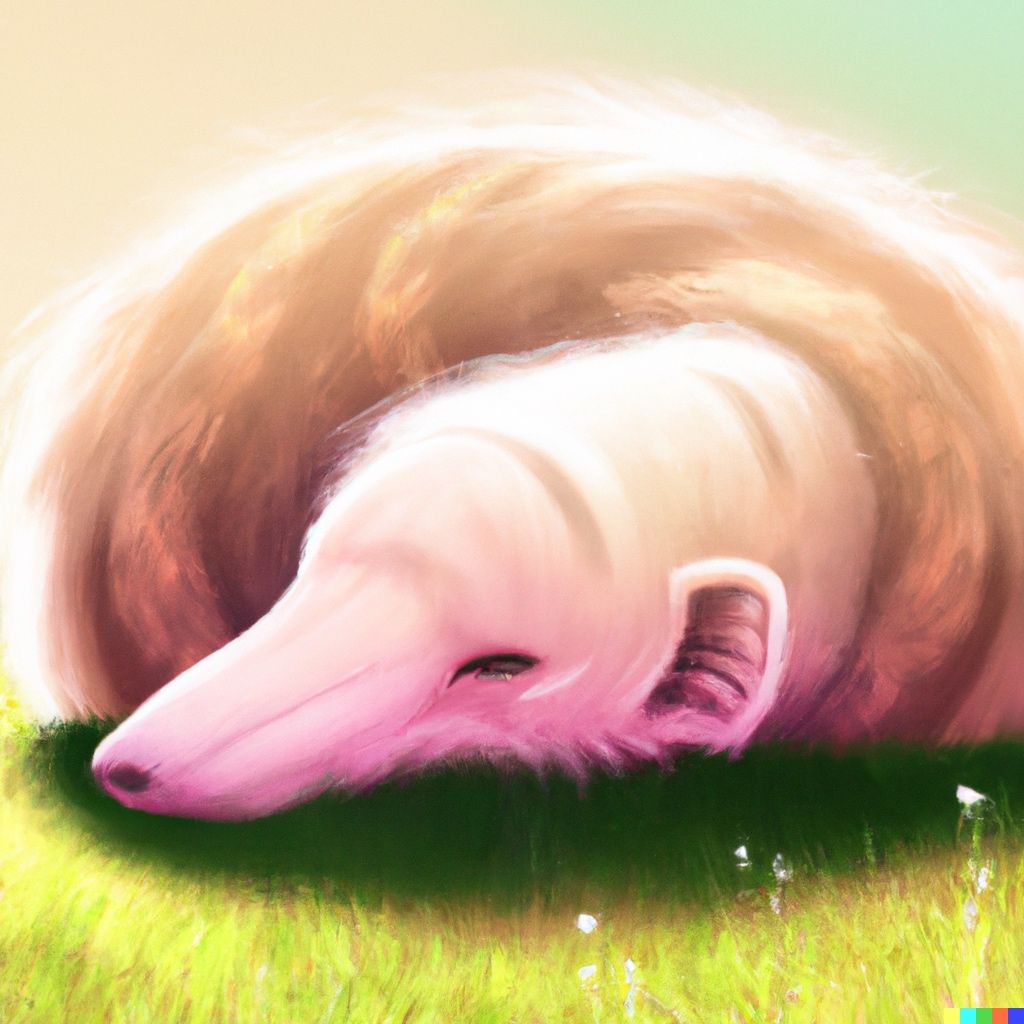
Cranat
The Cranat is a bird that lives near rivers and wetlands. It has red and orange feathers. It is the size of a crane, and has long wings that help it to fly. The Cranat is a skilled hunter, and will catch insects in its long beak. It is also known to eat small fish and amphibians. Some people believe that the Cranat is a sacred creature, because of its beautiful feathers.
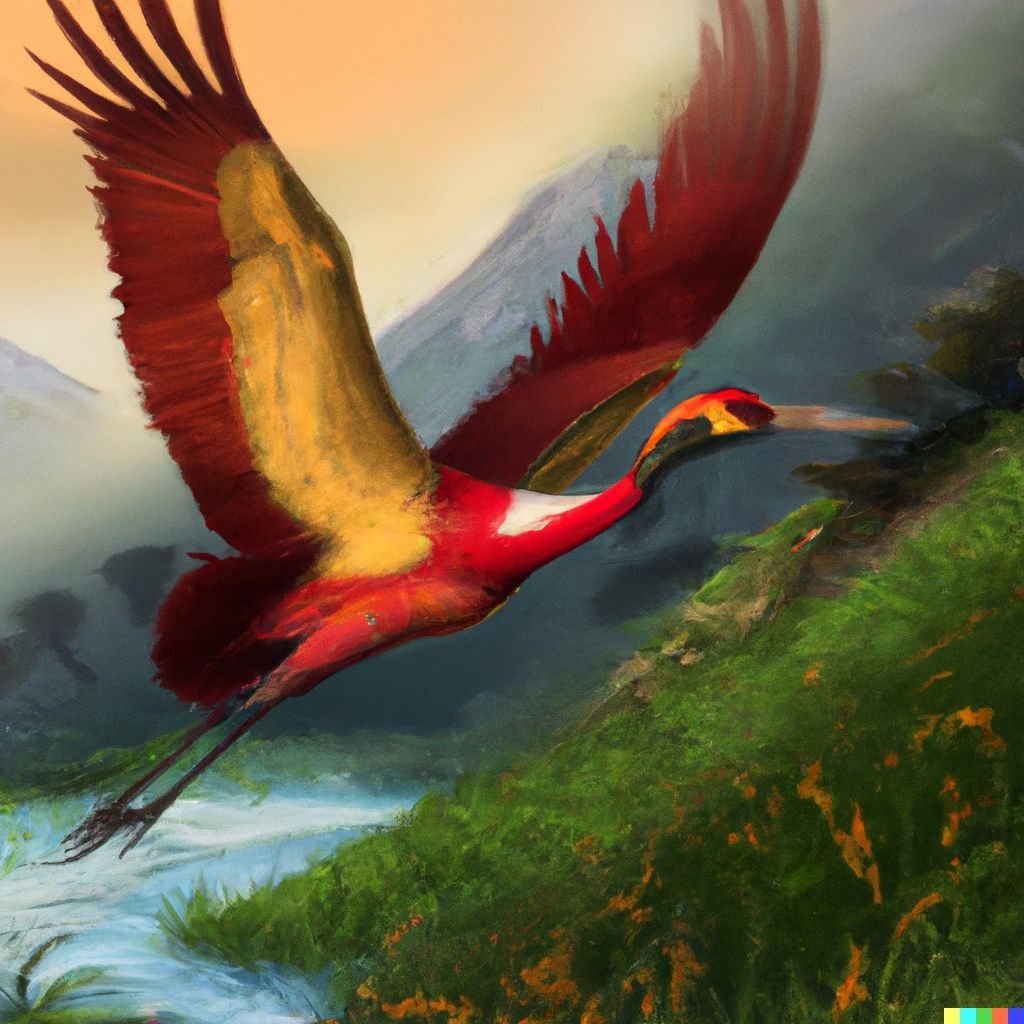
Trog
The Trog is a large, muscular creature that lives in dark caves. It has a very good sense of smell and can find its way in the dark. Trogs are very strong and can lift heavy rocks. They are also very fast and agile. Trogs are omnivores, and will eat anything they can find. Their favorite food is cave fish, but they will also eat insects, rodents, and even other Trogs. They are known to be very territorial, and will fight to the death to defend their cave.
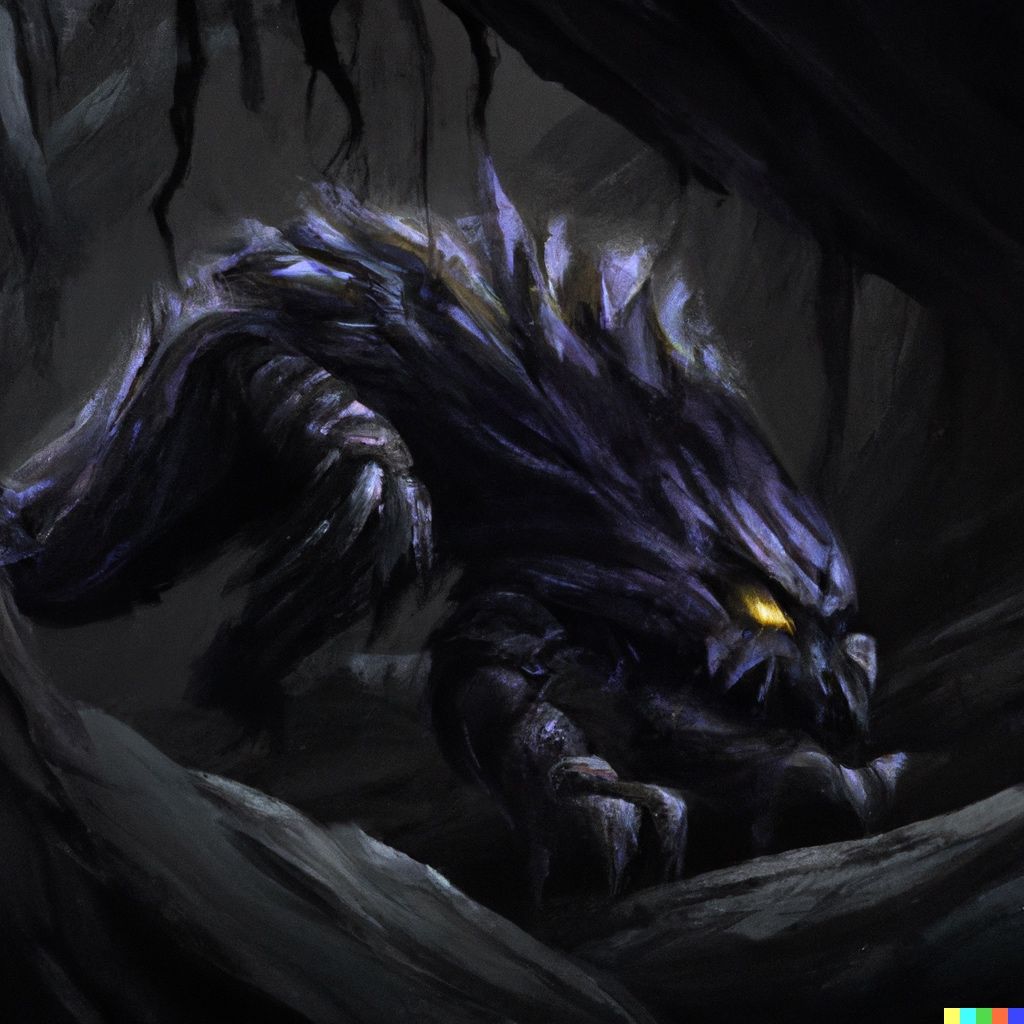
Mosslits
Mosslits are small snail like creatures that live in forests. They light up in the dark so they can help each other to find food. Their long tails have a light sensing organ at the end, which helps them to find their way around. Mosslits are herbivores, and their favorite food is leaves. They will also eat other plant matter, such as fruits and flowers.
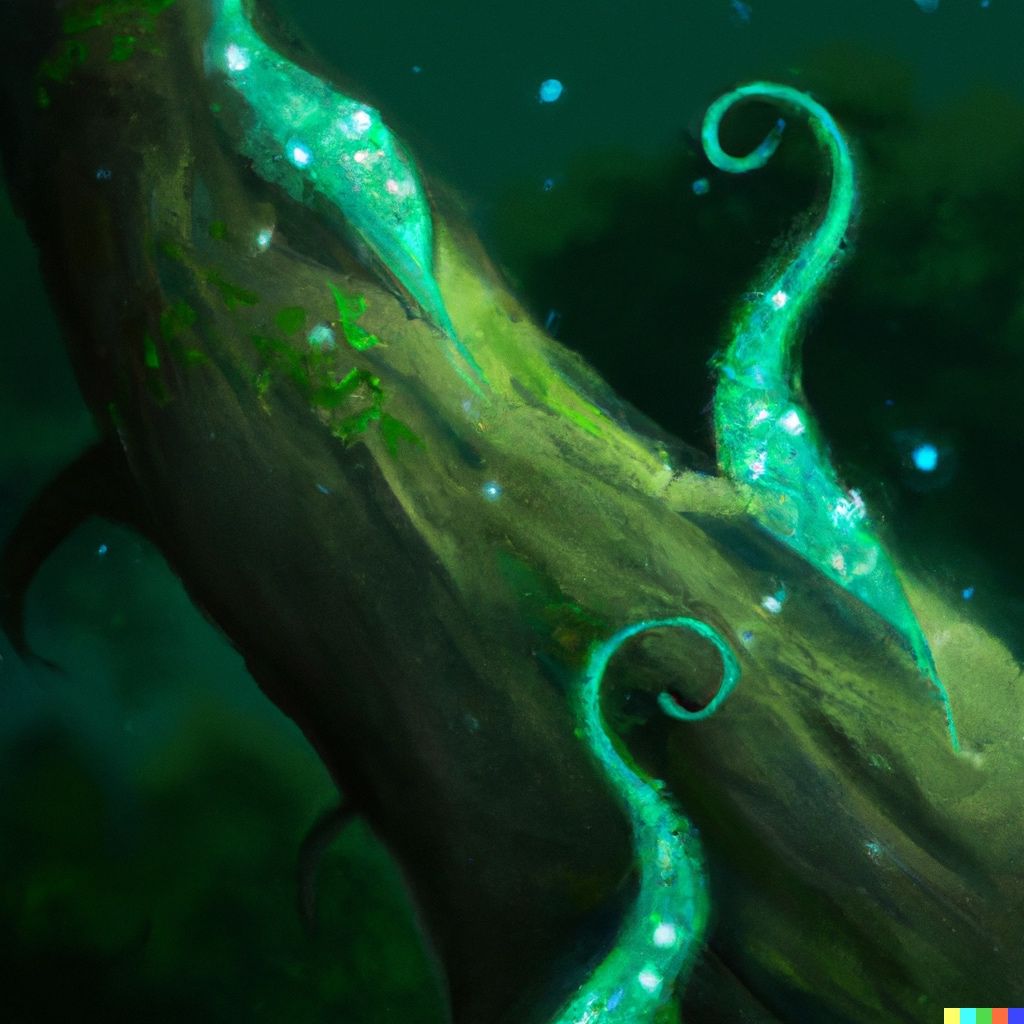
Jebble
The Jebble is a creature that lives on mountain tops. It is the same color as the sky, so it is very hard to see when it is not moving. It is the size of a large rabbit, and has blue-gray fur. The Jebble is a herbivore, and feeds on grass and other plants. Jebbles will often roll in the snow to cool down.
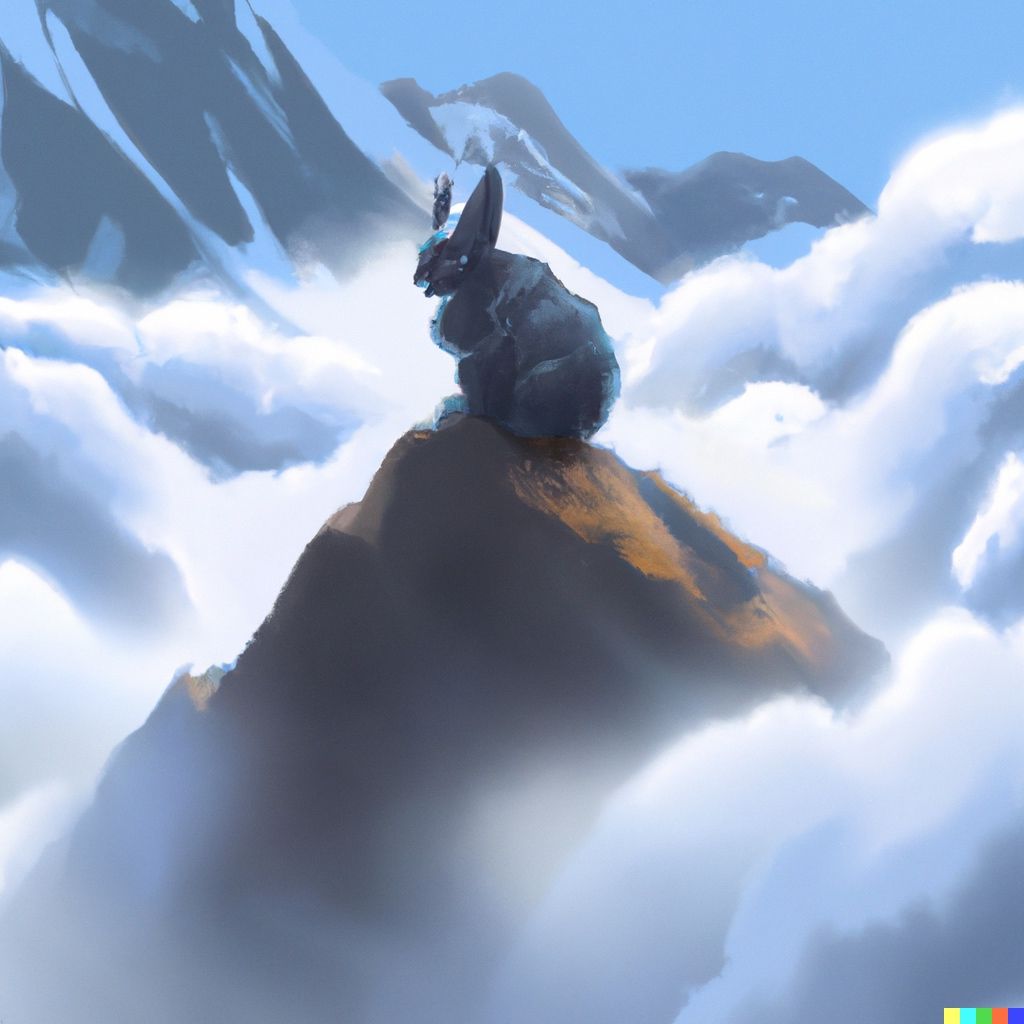
Glim
The Glim is a small creature that lives in cities. It is attracted to light, and can often be seen running around at night. It has brightly coloured fur, and is the size of a rat. Glims are known for rummaging through trash cans in search of food. They are also known to eat insects. Glims are not harmful to humans, but they can be a nuisance.
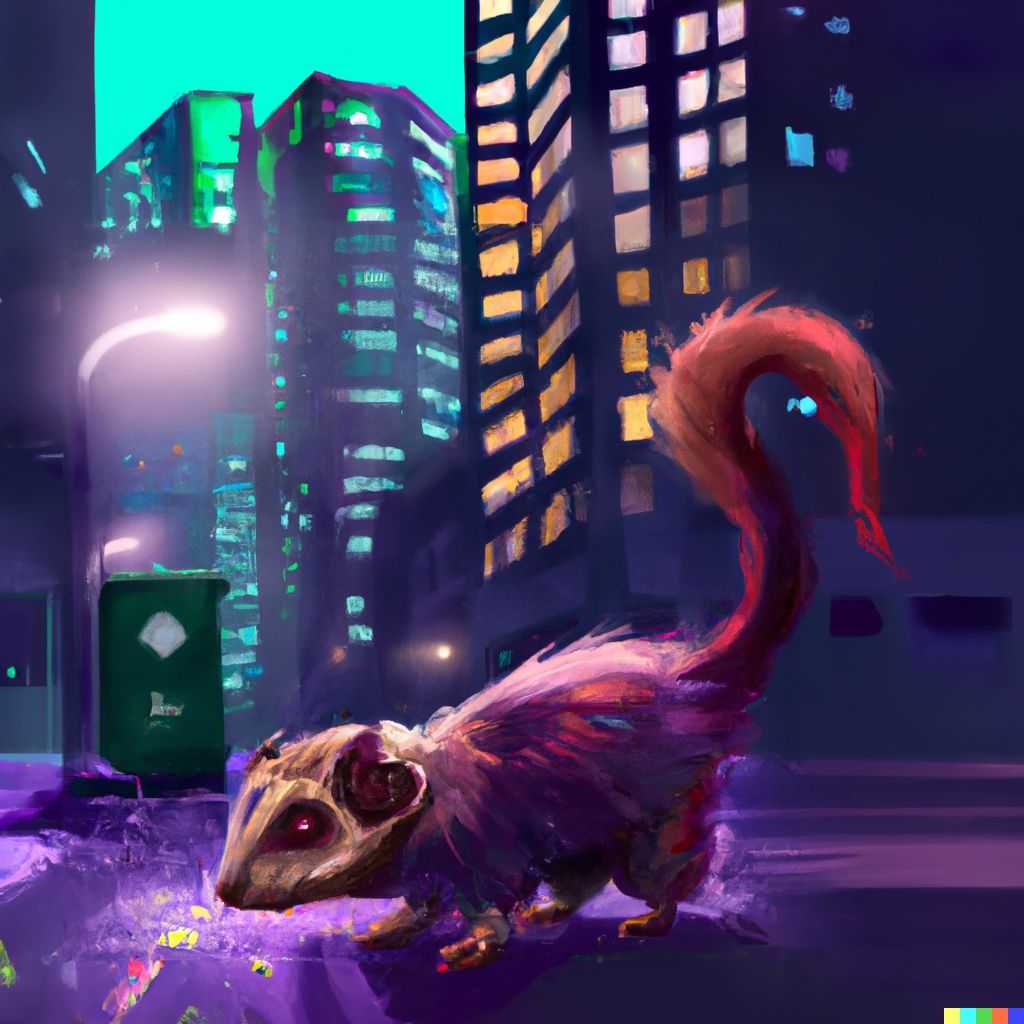
Direhorn
Direhorns are very large and dangerous creatures that live in the mountains. They have two long horns and sharp teeth. They are the size of a large bull, and can weigh up to 1,000 kg. Direhorns are very aggressive, and will often charge at anything that they perceive as a threat. They often attack and kill smaller animals but will also eat plants. Direhorns are a danger to humans, and should be avoided if possible.
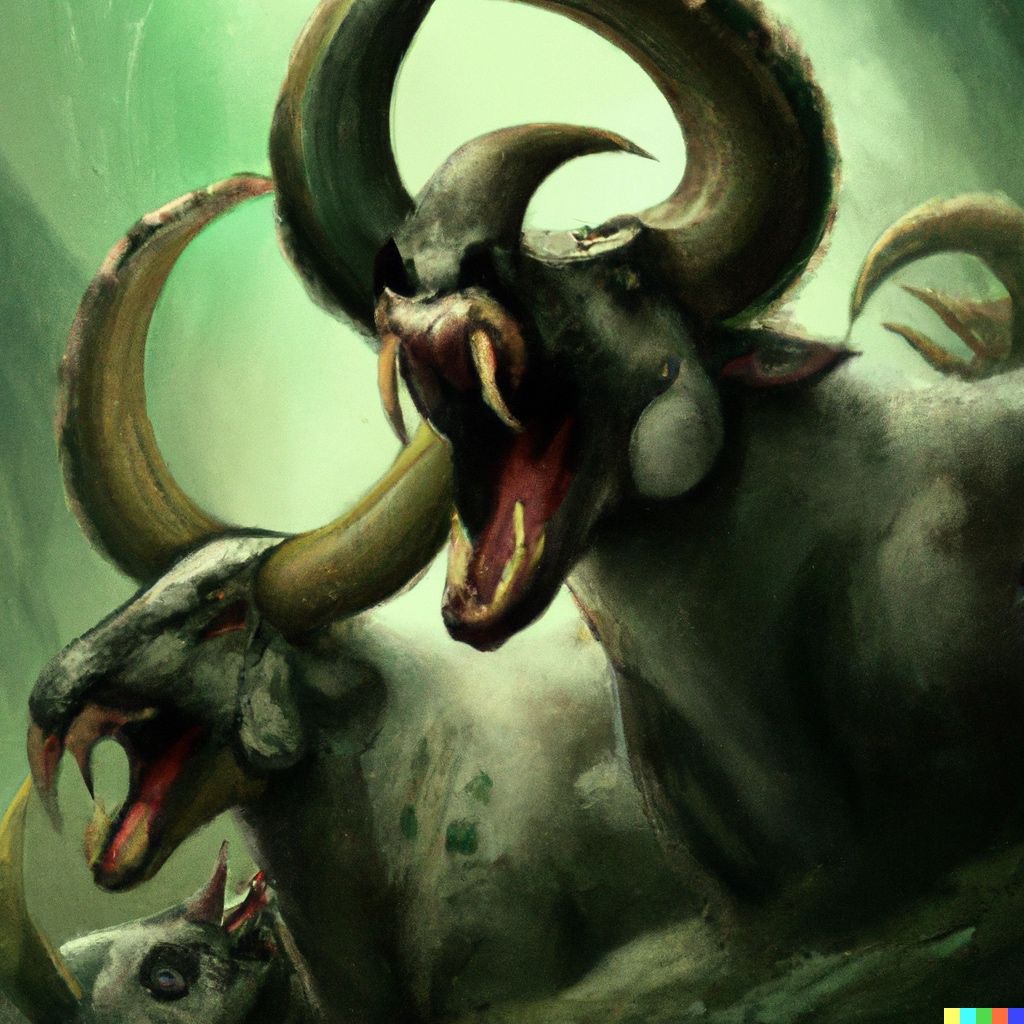
Toximander
The Toximander is a lizard that lives in the jungle. It is brightly colored with green and yellow stripes. It is a good climber, and often eats fruit high up in the trees. The name of the toximander comes from the Latin word "toxicus", meaning poisoned. This is because the toximander is poisonous to touch. If you see one, it is best to leave it alone.
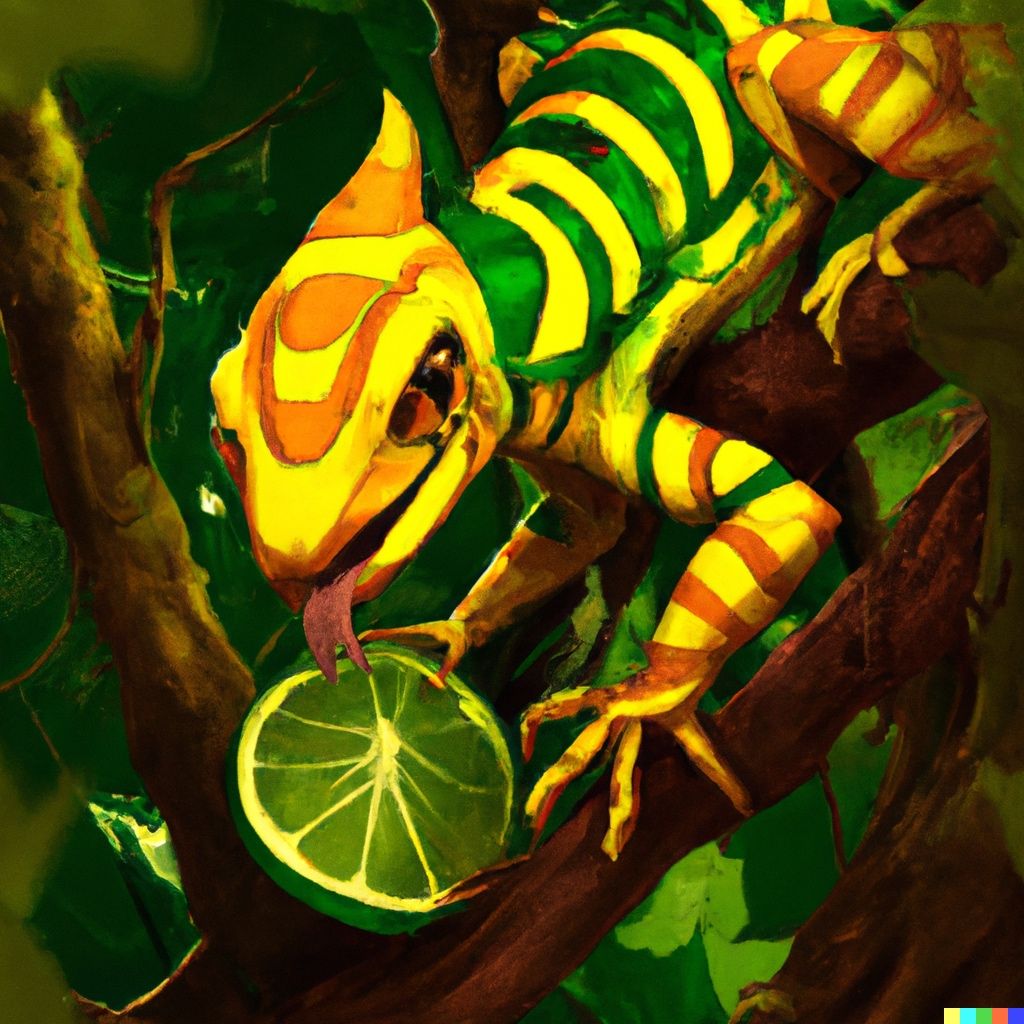
Qu'lith
The qu'lith is a predatory creature that lives in the desert. It has brown and grey fur, and a forked tongue. It is the size of a small cat, and has two thin, pointy ears. The qu'lith is a fast creature, and has sharp claws. It will often lie in wait for prey, and then pounce on it. Its favorite prey is lizards, but it will also eat small mammals and birds. It can survive without water for long periods of time, because it gets moisture from the prey it eats.
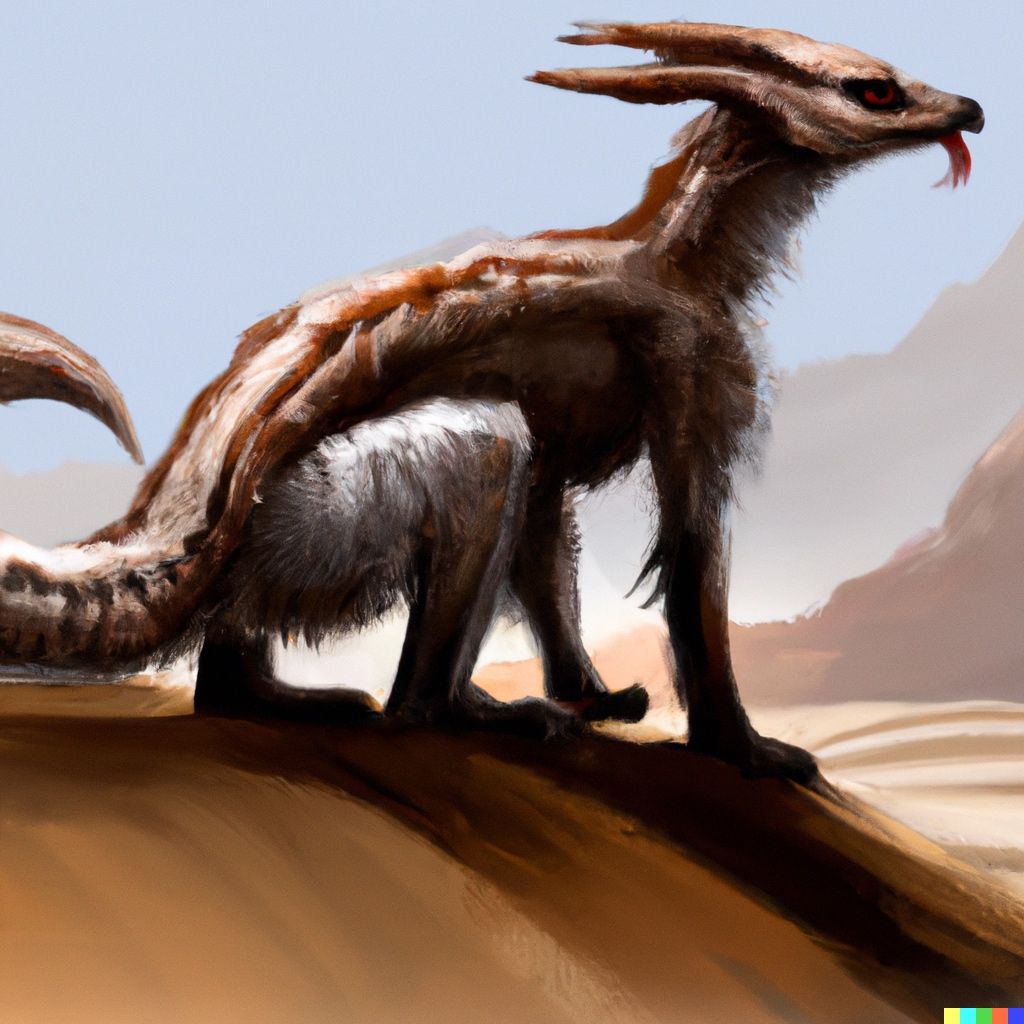
Glonk
The Glonk is a creature that lives in jungles. It is very large, and its skin is tough and scaly. It has a long tail and a short snout. It is a herbivore, and feeds on fruit. Glonks are very shy creatures, and will often stay in the trees to avoid being seen. If they are threatened, they will use their sharp claws to defend themselves. Ever since they were discovered, Glonks have been hunted for their skin, which is used to make leather. Only small populations of Glonks can still be found, hidden far in the jungle.
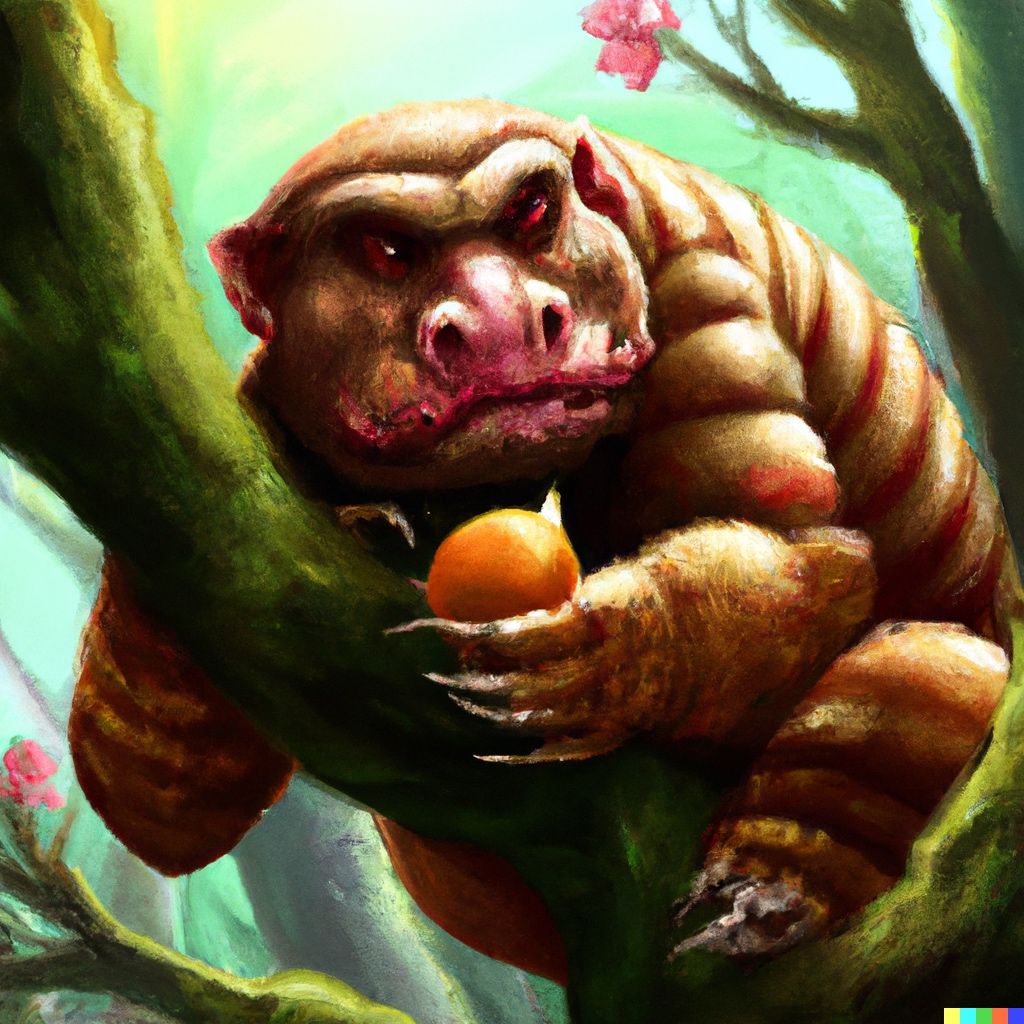
Yellow lanternfish
The yellow lantern fish is a small fish that lives in the deep ocean. Unlike its scary cousin that lures fish with its light, this variant is peaceful and uses its light to communicate with other lantern fish. It can also produce different light patterns to camouflage itself from predators. It is a yellow fish with a light on its chin, and has large eyes. It is related to the angler fish. The lantern fish is a very social creature, and often congregates in large groups.
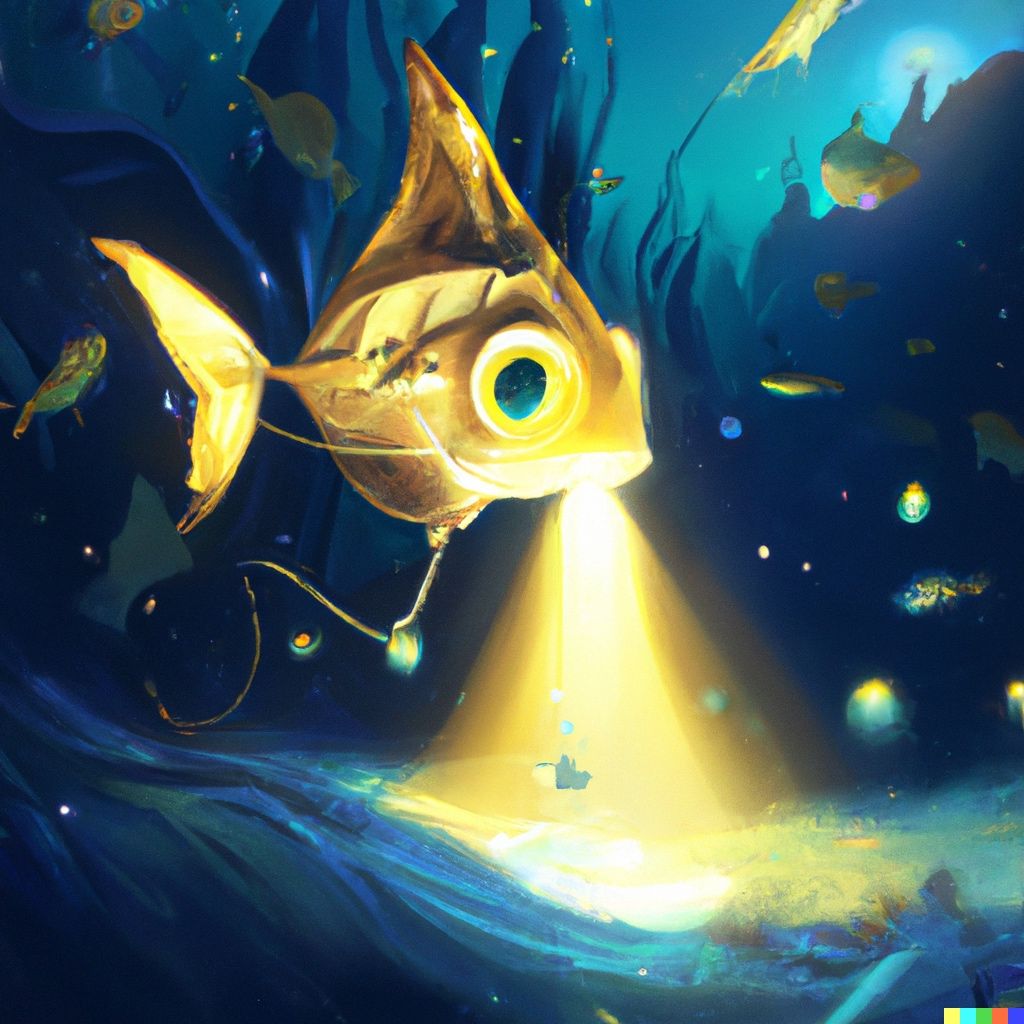
Treestrider
The Treestrider is a creature that lives on small islands in the middle of the ocean. It is a herbivore that eats the leaves of trees. It can grow up to five meters tall, and has long, thin legs. It can use its long legs to walk across the water to other islands through shallow water. Even though it is a gentle creature, the Treestrider is sometimes feared because of its size.
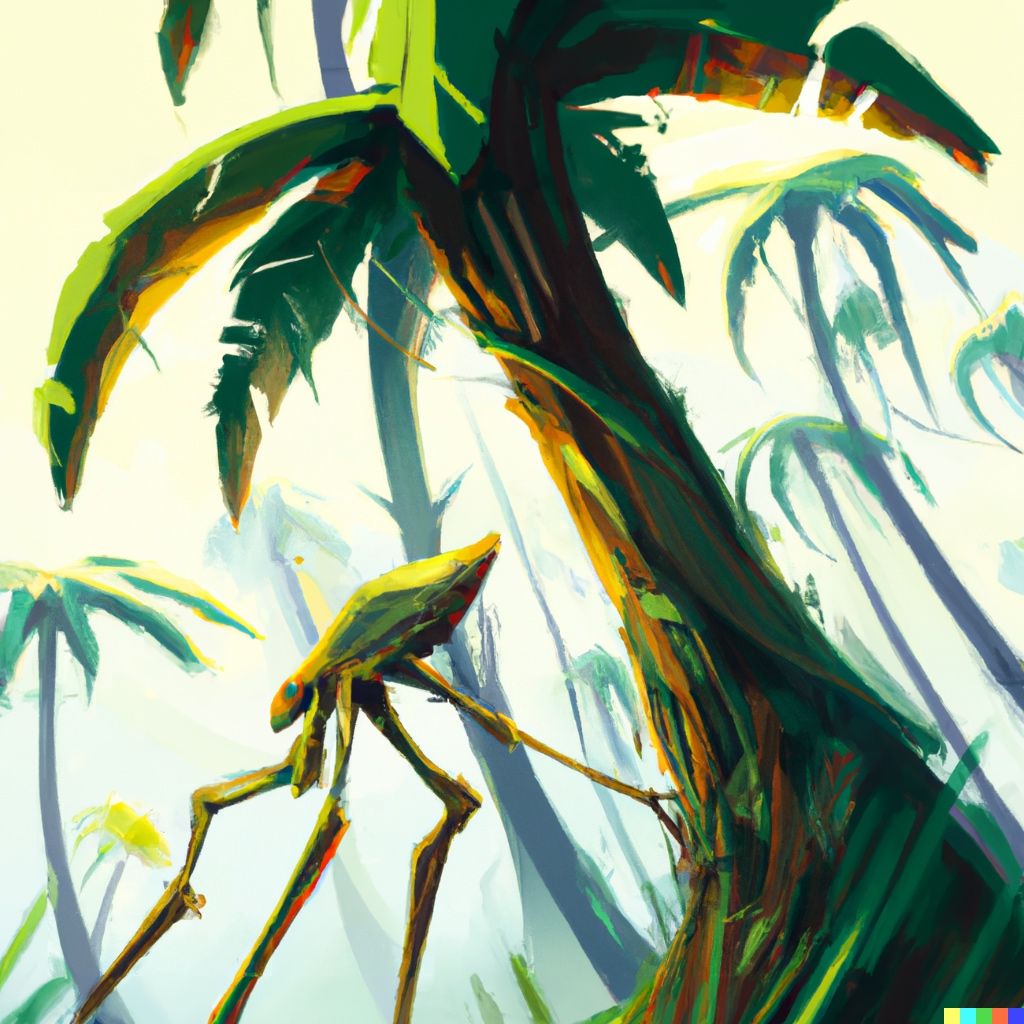
Balloonbug
The Balloonbug is a small insect that can inflate itself like a hot air balloon. It is red-orange in color. The Balloonbug is not very fast, but it can stay in the air for long periods of time. It feeds on small mosquitos. When it is full, it will deflate itself and fall to the ground. It will then crawl back to its nest. Pregnant females will sometimes inflate themselves and float away to find a new home.
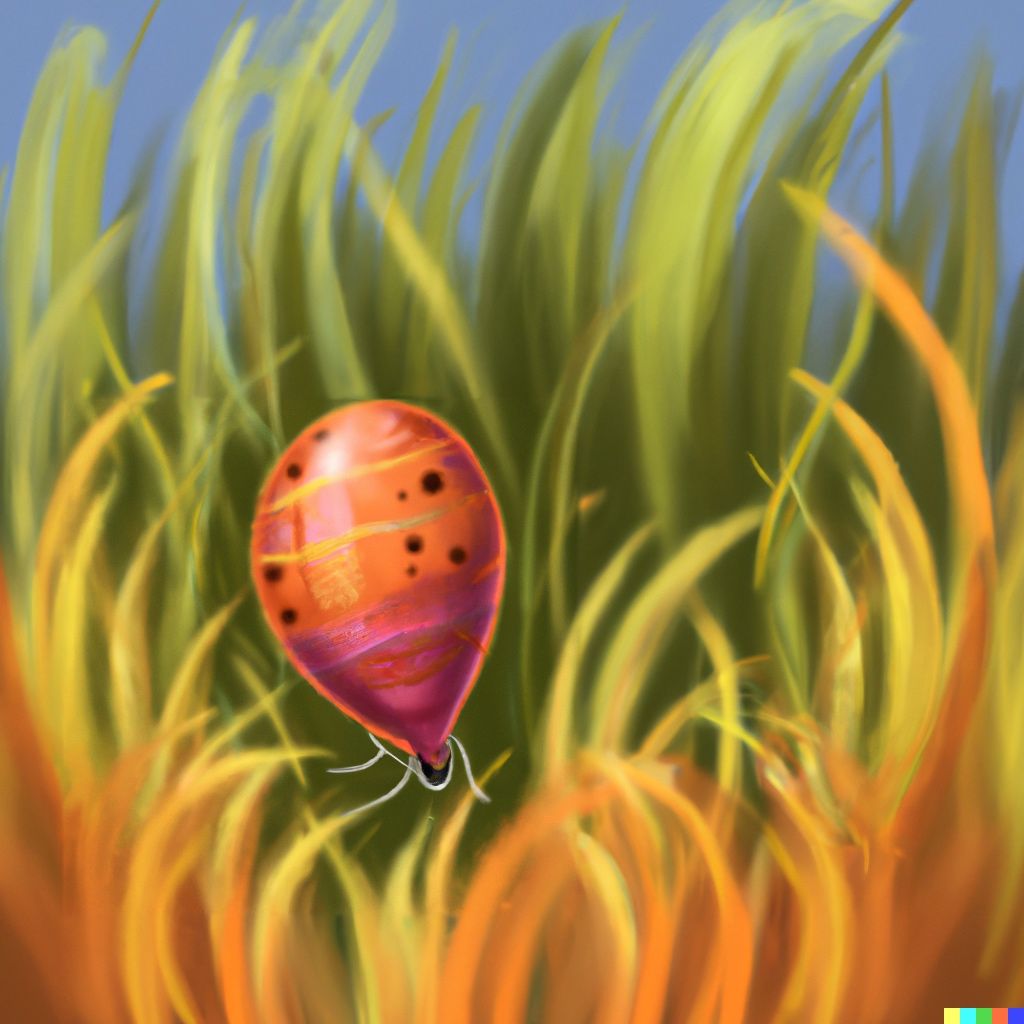
Tundran
The Tundran is a huge mammal that roams the coldest parts of the world. The Tundran is a massive creature, reaching up to 4 meters in height and weighing over 2 tonnes. The Tundran's fur is thick and white, insulating it from the cold weather. It has two large, curved horns, which are used to dig through the snow in search of food. Tundrans are very gentle creatures. The Tundran is a sacred creature in many cultures. In Inuit mythology, the Tundran is the spirit of a lost child, who roams the world looking for its mother. The Tundran is also considered to be a bringer of good luck in many cultures.
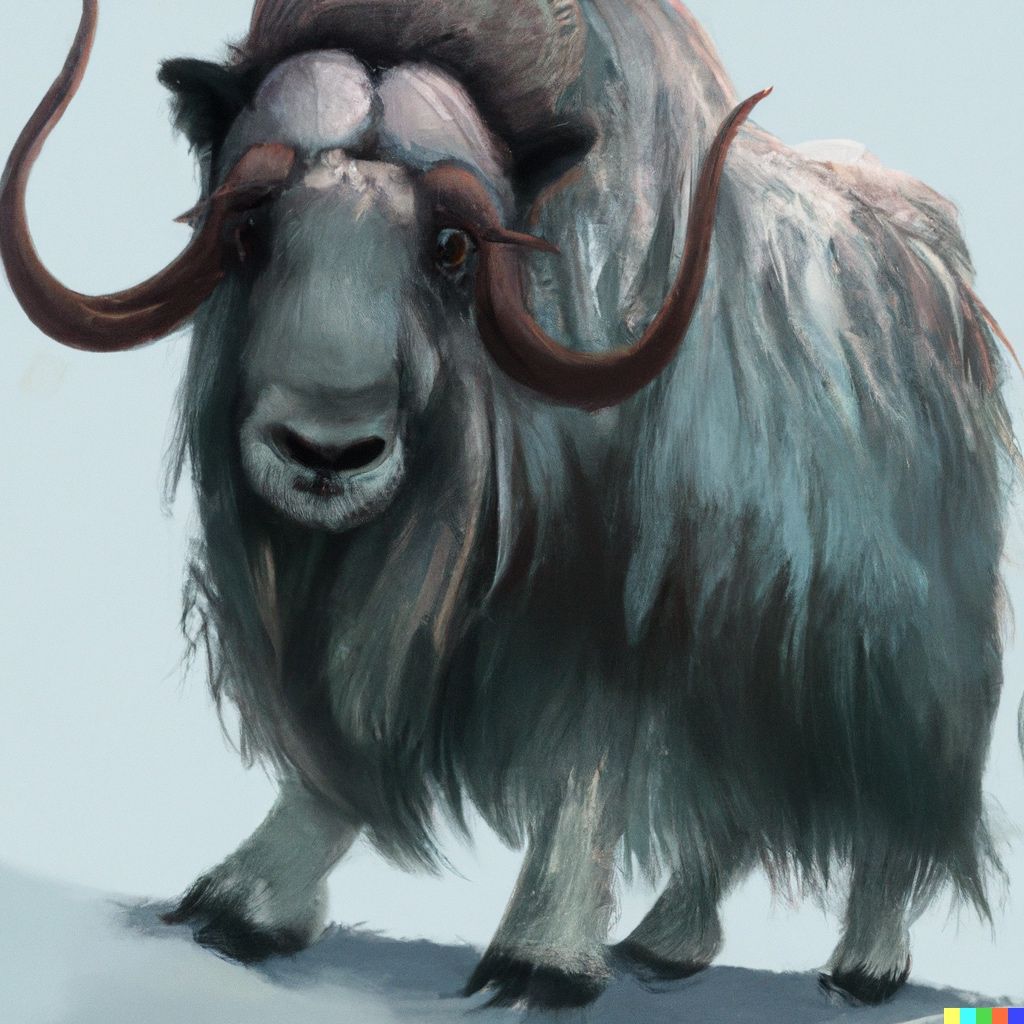
Luzak
The Luzak is a wolf-like creature that lives in forests and mountains. It is a good climber, and can climb almost any surface. It is the size of a wolf, and has dark gray fur with some blue in it. Like wolves, Luzaks are known to howl at the moon. Unlike wolves, however, Luzaks are solitary creatures, and will only come together to mate. They are very good hunters, and will often hunt small mammals and birds. They are not commonly seen, and are considered to be very rare.The Luzak is a member of the canidae family, which includes dogs, wolves, and foxes. It is related to the maned wolf. They are the only known species of canid to have blue fur.
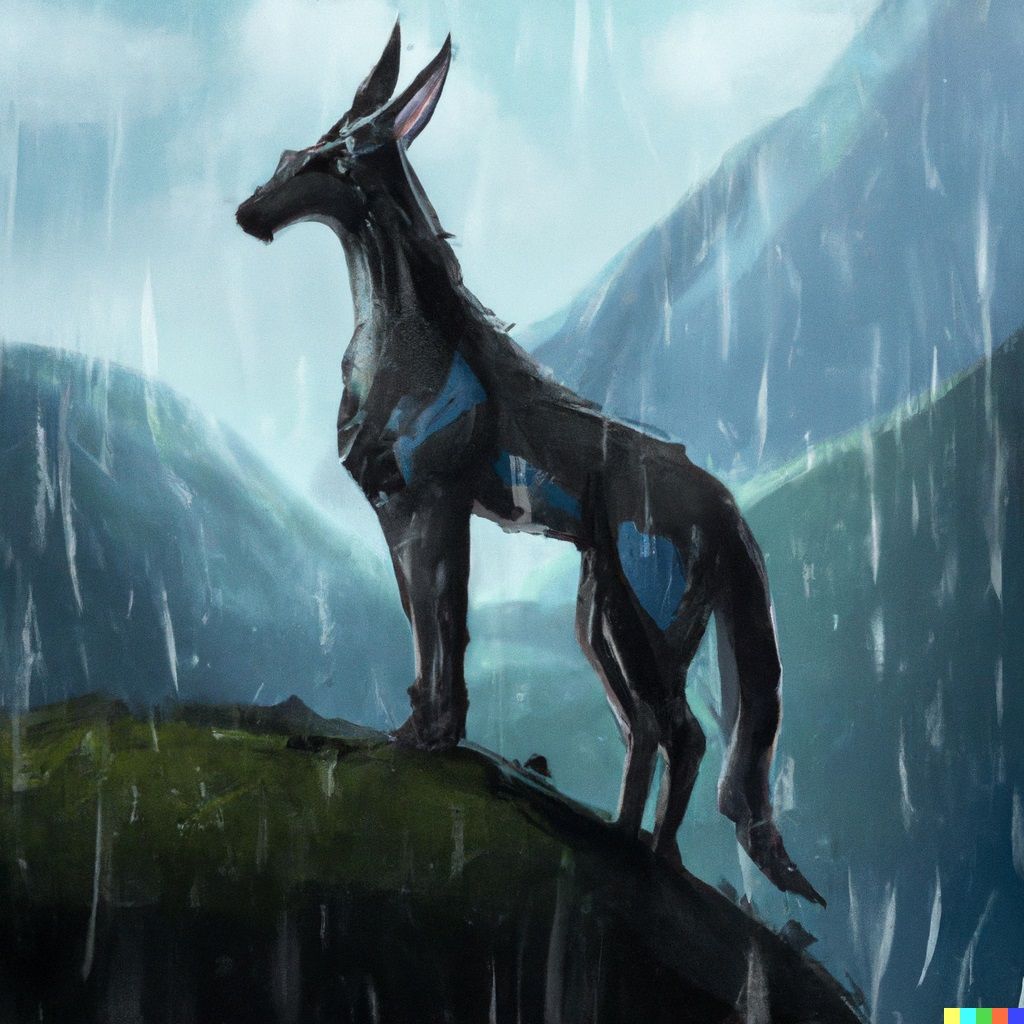
M'boro
The m'boro is a large monkey that lives in the rainforest. It has orange and yellow fur, and a long tail. They are good climbers, and will often eat fruits and insects. M'boros are not dangerous to humans, but they can be aggressive if they feel threatened. M'boros are native to the rainforests and require a lot of space to move around. They have a diet that includes both fruits and insects. Oftentimes, groups of m'boros will work together to find food. The m'boro's loud calls can often be heard throughout the forest.M'boros communicate with each other using a variety of sounds, including screams, grunts, and barks. They also use their tails to communicate, by waving them back and forth.
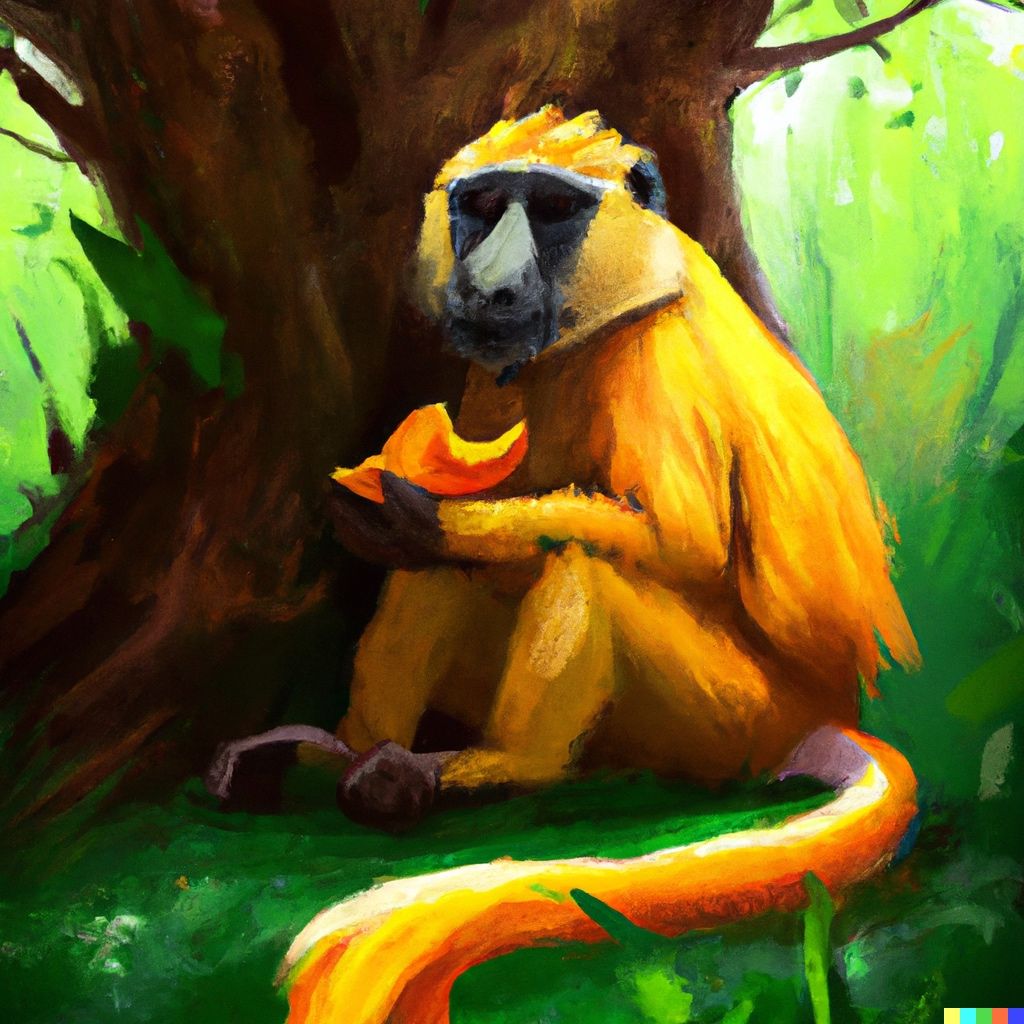
Gleep
The Gleep (Gliphus fastus) is a small mammal in the family Gliphus, that lives in grasslands. The adult Gleep can grow to the size of a large rat. They have a thick coat of fur that is gray in color, with black stripes running along their back. Their belly is a blue color, and they have a long, fuzzy tail. Gleeps have large ears which they use to listen for predators and prey. They are very curious and like to explore their surroundings. Gleeps are also very good at running and jumping. They are often kept as pets because of their playful and friendly nature.The Gleep is a herbivore, and feeds on grasses and other plants. They are active during the day, and sleep in burrows at night. Gleeps live in small family groups, and are very social animals. They are also known to be very good swimmers.
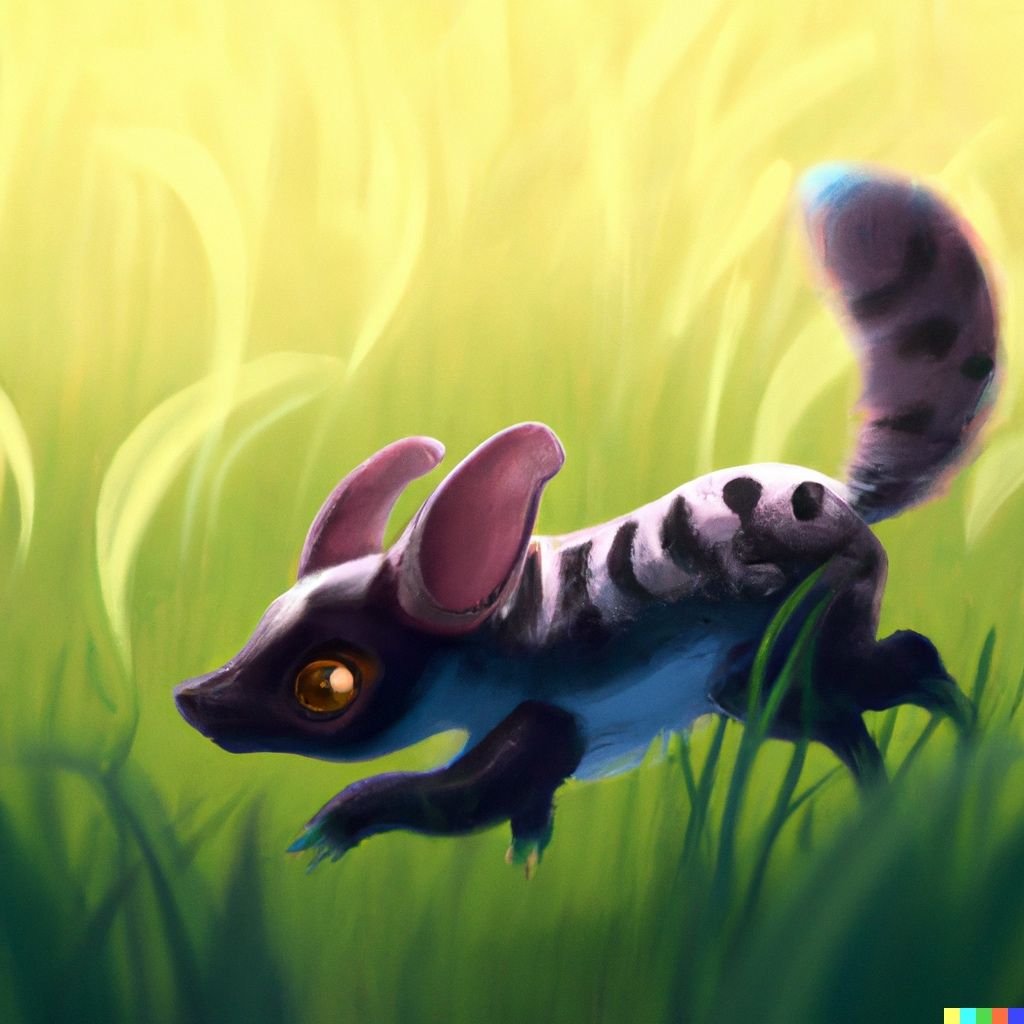
Imag
The "Imag" is a large cat that lives in grasslands. It has a short fur that is yellowish-brown in color and patterned with black stripes and a white chest. It is a skilled hunter, able to stand perfectly still and blend in with its surroundings – making it difficult for prey to spot it. The Imag’s diet consists mainly of small animals such as rodents and birds. Females give birth to litters of up to four kittens, which they raise on their own. Interestingly, the Imag is one of the few large cats that does not roar – instead, it makes a vocalization known as a “chuff”.
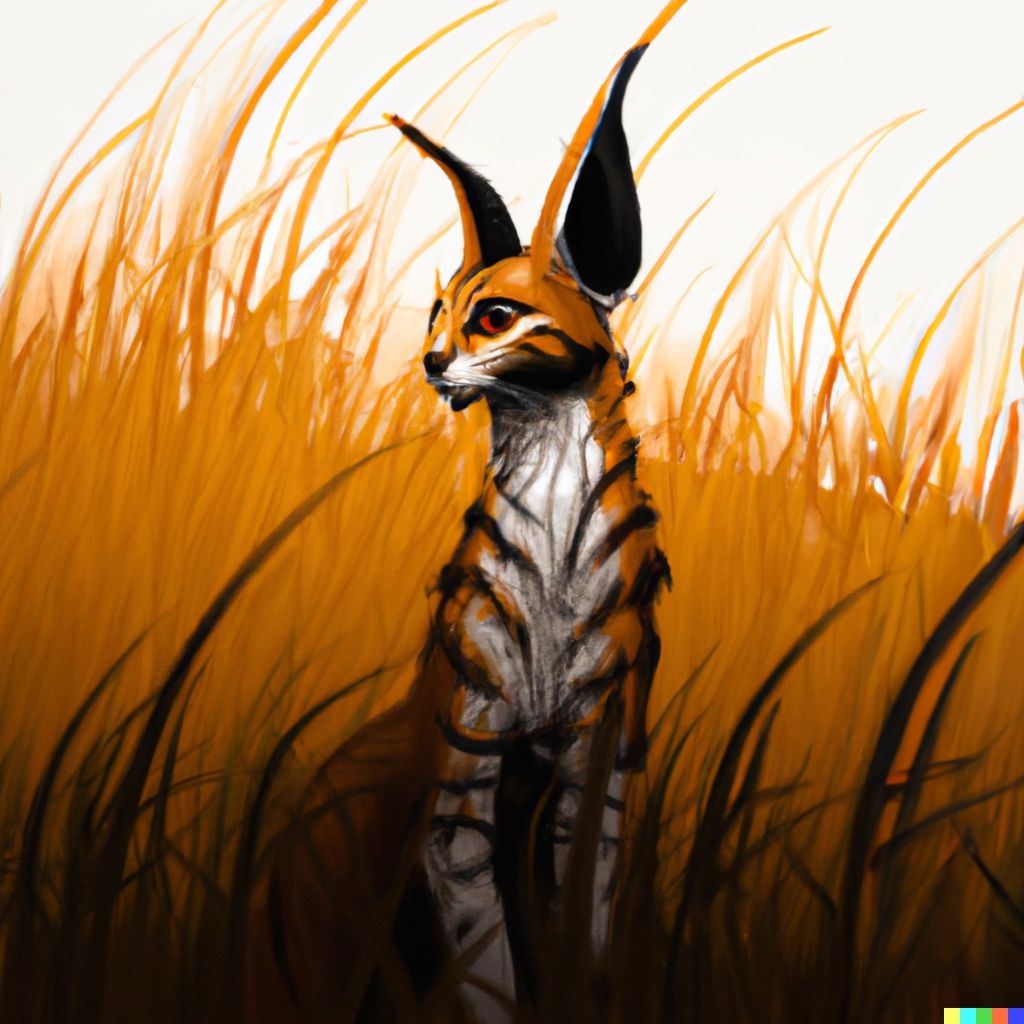
Lumander
The lumander is a species of salamander found in humid forests. It is notable for its luminescent properties, which give it a pale blue-green appearance. The lumander is also notable for its antlers, which are used to attract mates. The lumander is a nocturnal creature, and is most active during the night. It is an ambush predator, and will often lie in wait for its prey. When an unsuspecting victim comes close, the lumander will lunge out and grab it. The lumander is a relatively small salamander, measuring only about 10 centimeters in length. It is believed to have a lifespan of around 10 years.
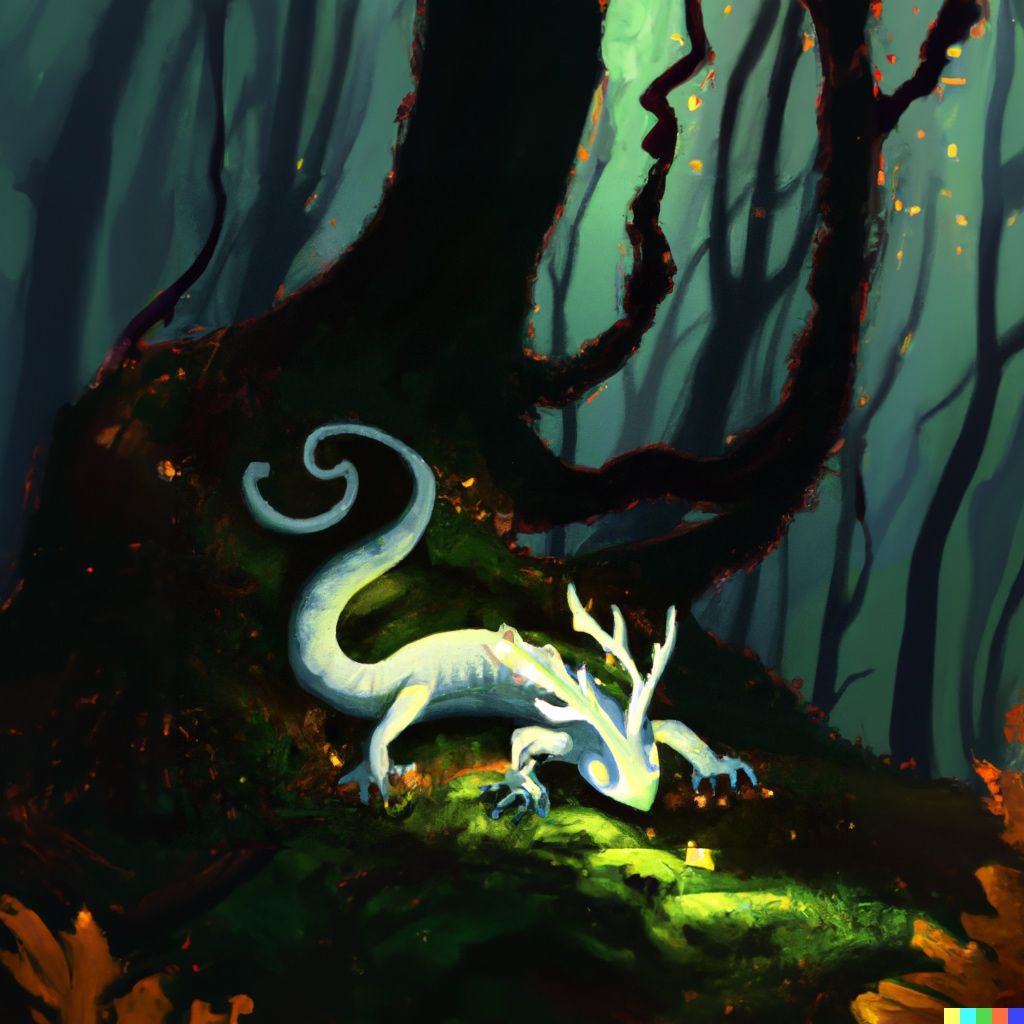
Foost
The foost (also known as the arctic komodo) is a large white lizard-like creature that inhabits the arctic regions. It is closely related to the komodo dragon, and is thought to be its white cousin. The foost is a solitary creature, and is rarely seen by humans. It is a scavenger, and feeds on carrion and seals. The foost is a massive creature, growing up to 3 metres (10 feet) in length. It has a large head with a big mouth, and sharp teeth. It has a long body, and short legs. The foost is covered in white fur, which helps it blend in with its snowy surroundings. It is the only reptile known to live in the arctic.
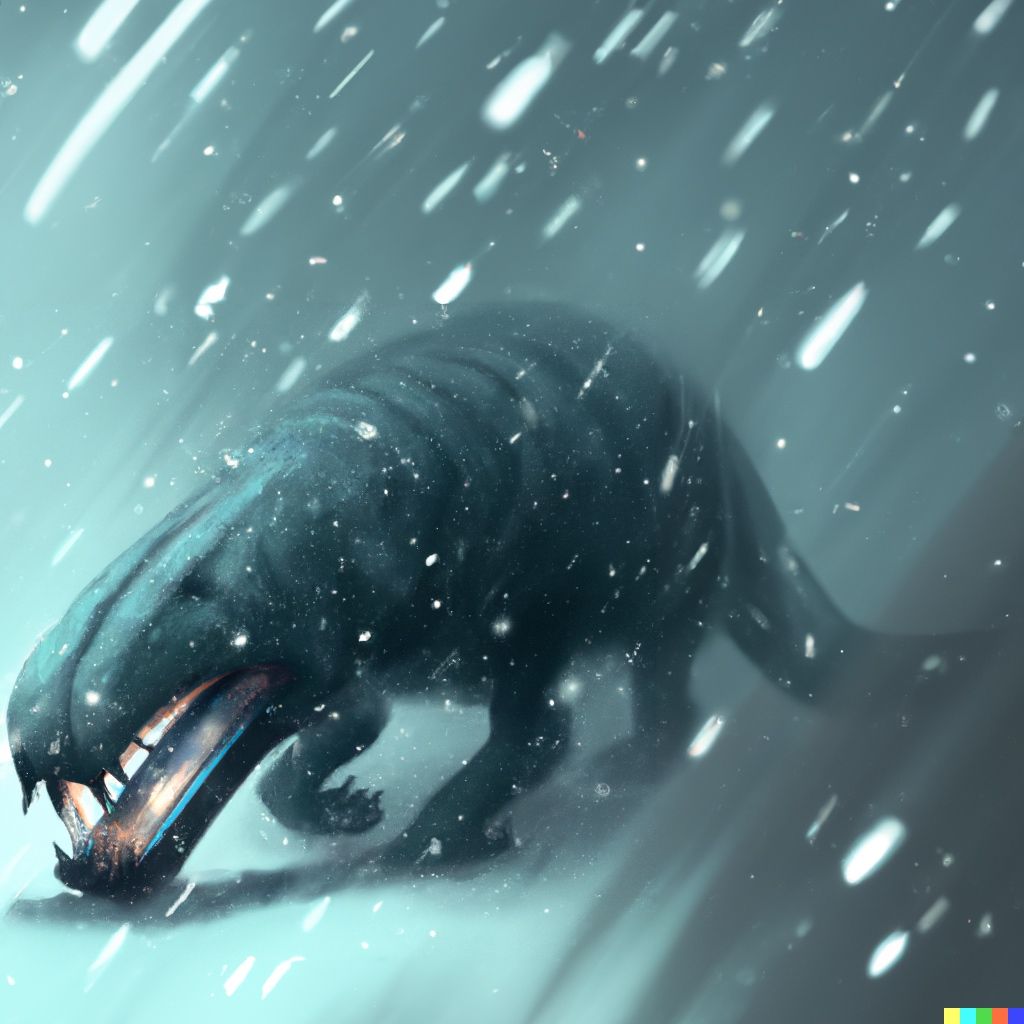
Screeper
A screeper is a type of spider that produces very thick, rope-like webbing. They are typically found in dark places, such as caves or under rocks. Caves and other dark places provide the perfect habitat for these spiders, as they are protected from the sun and other predators. The webbing of the screeper is unusally thick, because it is used to catch large prey. The thick webbing is also used to create cocoons in which the spider can lay its eggs. When the eggs hatch, the young spiders will climb to the top of the cave or rock, where they will begin to build their own webs.
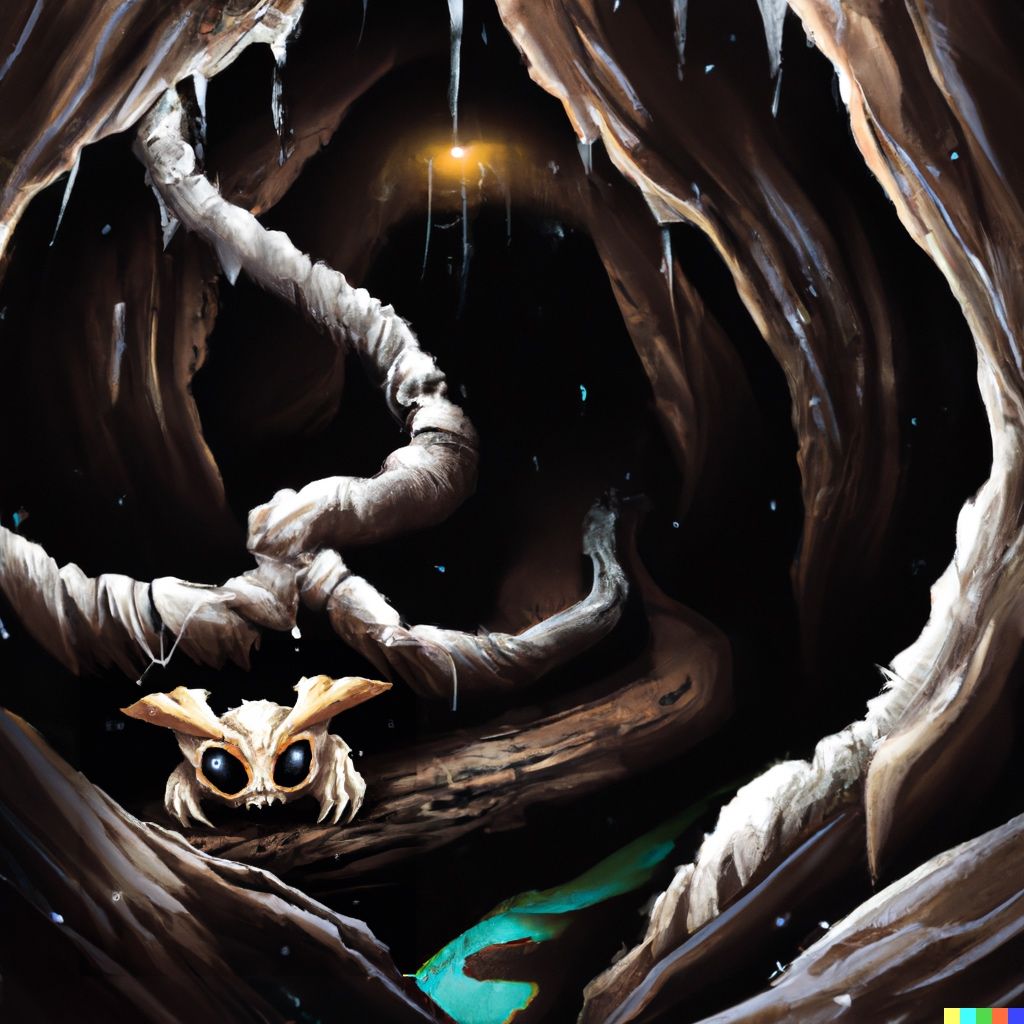
Tromb
The "Tromb" is a creature that lives near large bodies of water. It has an extension on its head that can be rolled out, like the tongue of a frog, to catch fish. Because of this it does not need to enter the water to hunt, and can often be found perched atop rocks near the shoreline. It is a shy creature and will often hide in the shadows when humans are near. The Tromb is also known to sing a beautiful, haunting song that can be heard for miles around.
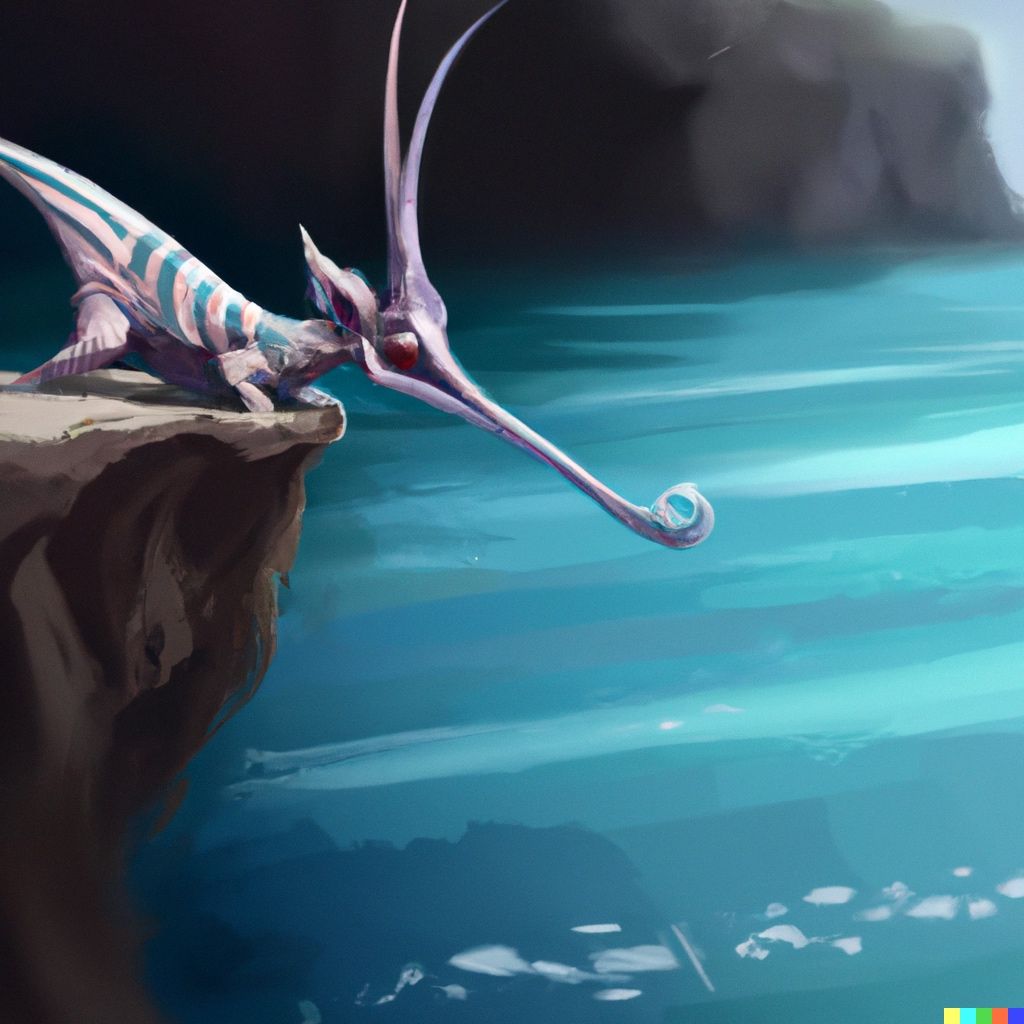
Fosha
The Fosha is a small, blue-furred creature found in forests. It is a peaceful creature, and is often seen looking up at the stars. It has long ears, and is fox-like in appearance. It eats mainly berries and insects. They live in dens made from sticks and leaves, and line them with soft grasses.Fosha mate for life, and often have large families. Despite their gentle nature, Fosha are fierce protectors of their family. They will fight fiercely if they or their loved ones are threatened.
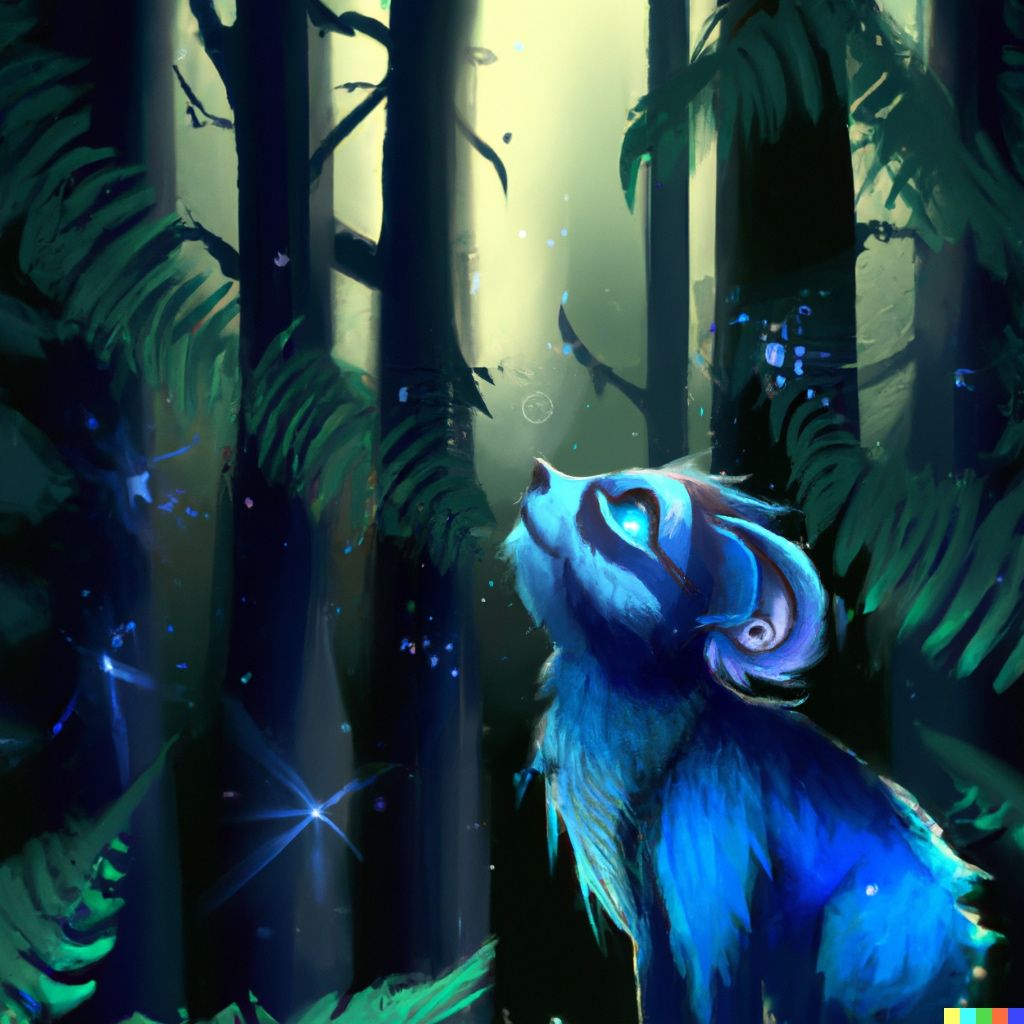
Hundle
Hundles live in the mountains. They are hunters with a thick fur that protects them from the cold. When hundles have cubs they often have to leave them alone for long stretches of time to hunt. Since hundle cubs are helpless this is a dangerous time for them.Hundles are very good at tracking and finding prey. They are also very good at climbing using their claws. If a hundle is threatened they will usually try to run away but if they are backed into a corner they will fight back with their claws and teeth. After a hundle eats they will often curl up into a ball to sleep for a long time.
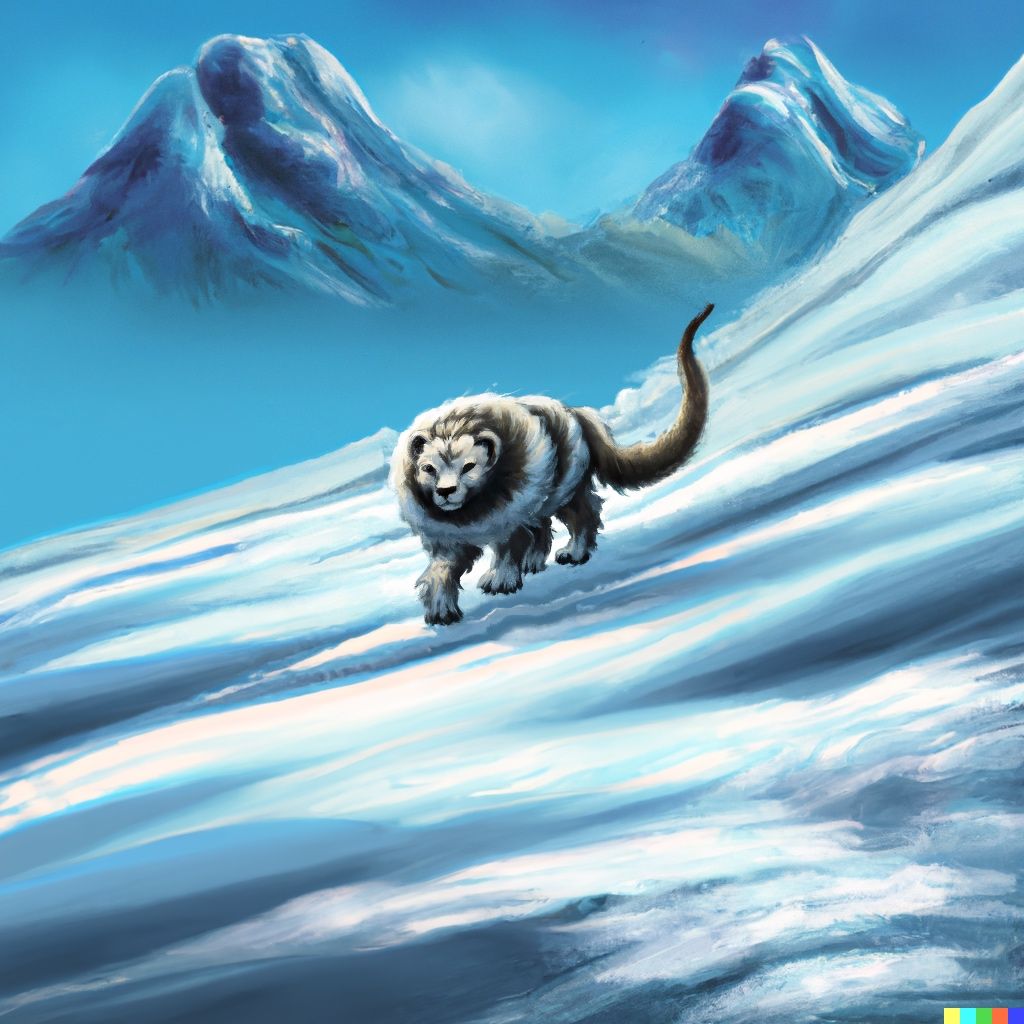
Osk
The "Osk" is a very tall standing bird that can grow up to 3 meters in height. Because it only has small wings it cannot fly. It has a golden color with a blue "collar" around its neck. They live in dry grasslands. An osk can run up to 70 kilometers per hour. Fruits and small animals are their primary food source, but they will also eat insects, lizards, and rodents. They have a large extension on their head that is used to defend themselves and impress potential mates. This extension amplifies their calls, which can be heard up to 5 kilometers away.
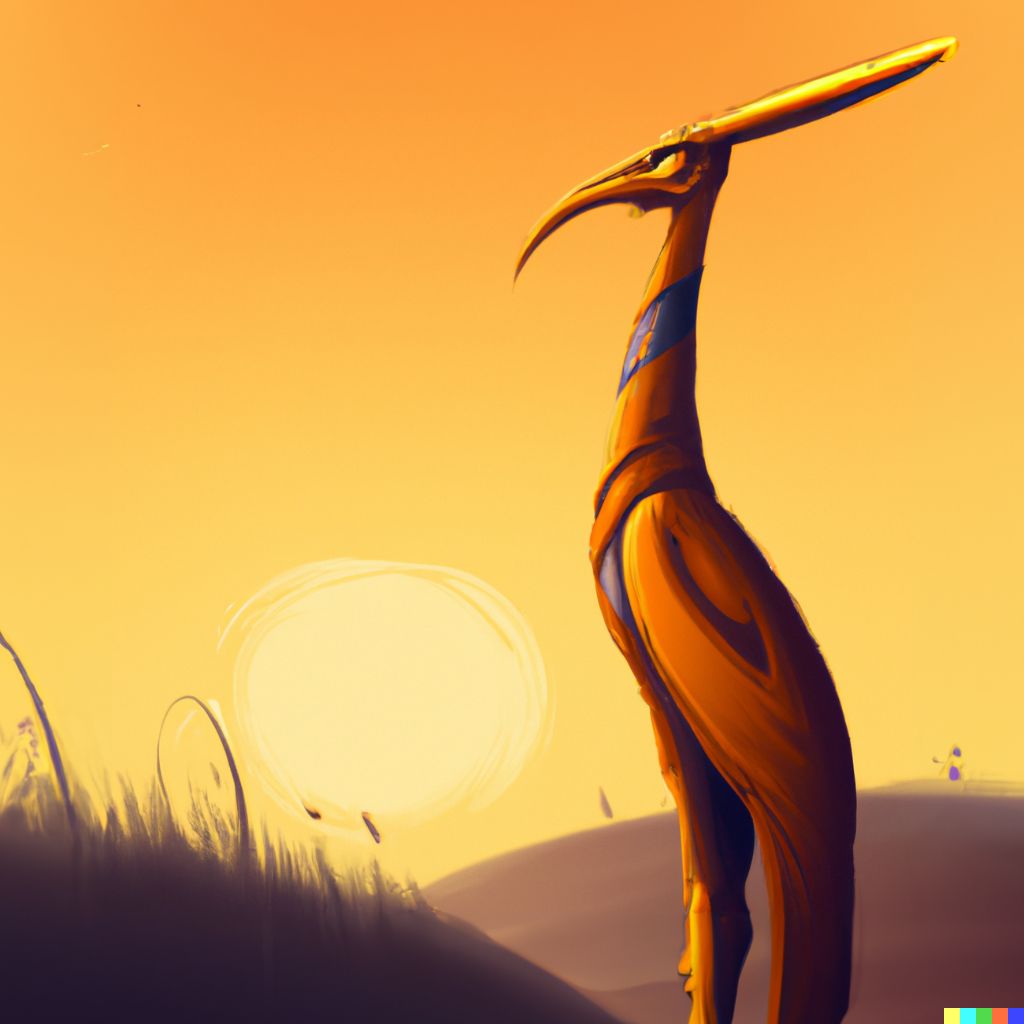
Waterwyrm
The waterwyrm is a giant snake-like creature that is said to live in the oceans. It is said to be as large as a whale, and to have a body that is covered in scales. The waterwyrm is said to be a fearsome predator, and to be able to kill and eat any creature that it comes across. The largest waterwyrm ever recorded was said to be over 30 meters long, and was said to have been killed by a group of fishermen in the early 1900s.
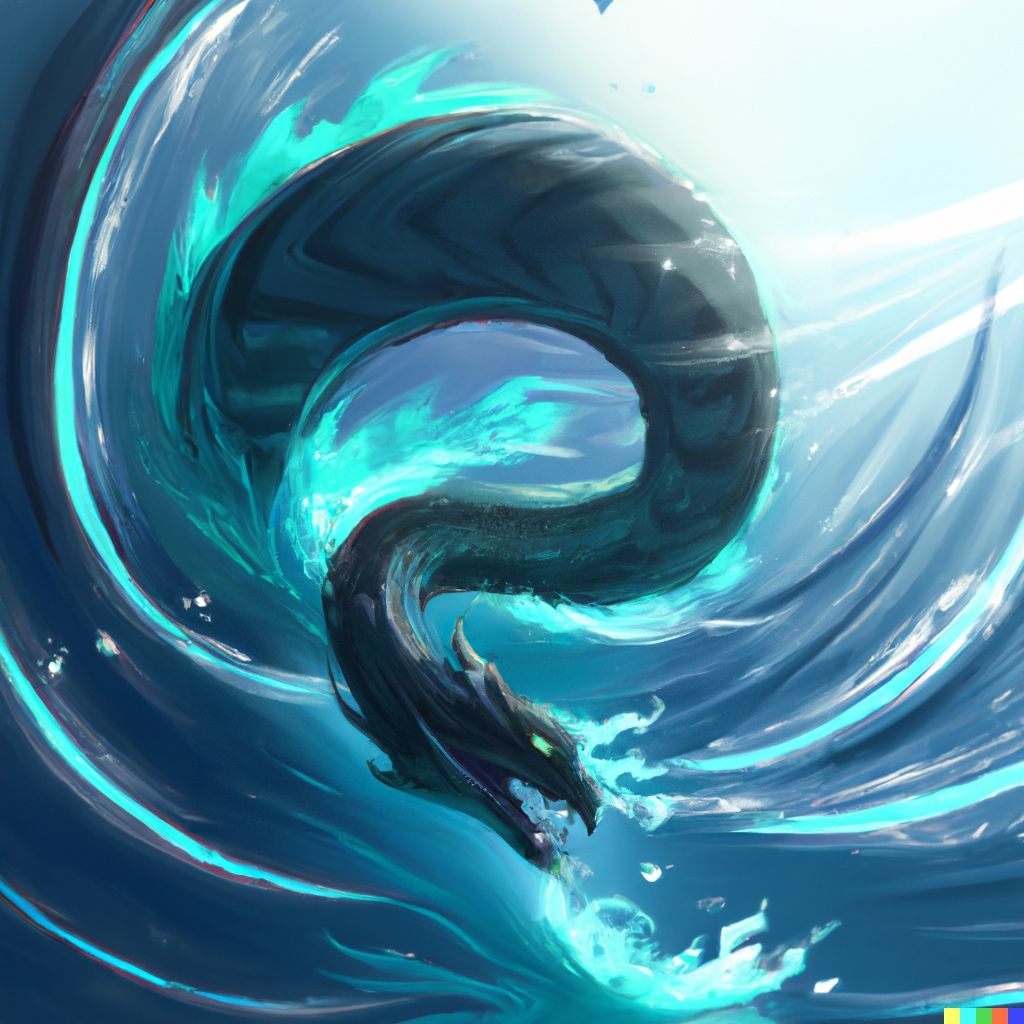
Yclyndar
The Yclyndar is a large predatory bird with purple feathers. It is found in high mountain ranges. It has a long, curved beak and sharp talons. It is an agile flier and can reach speeds of up to 60 miles per hour. The Yclyndar feeds on other birds and small mammals. It has excellent eyesight and can see small prey from up to a mile away. It nests in caves or on ledges. Its plumage is highly prized by collectors.
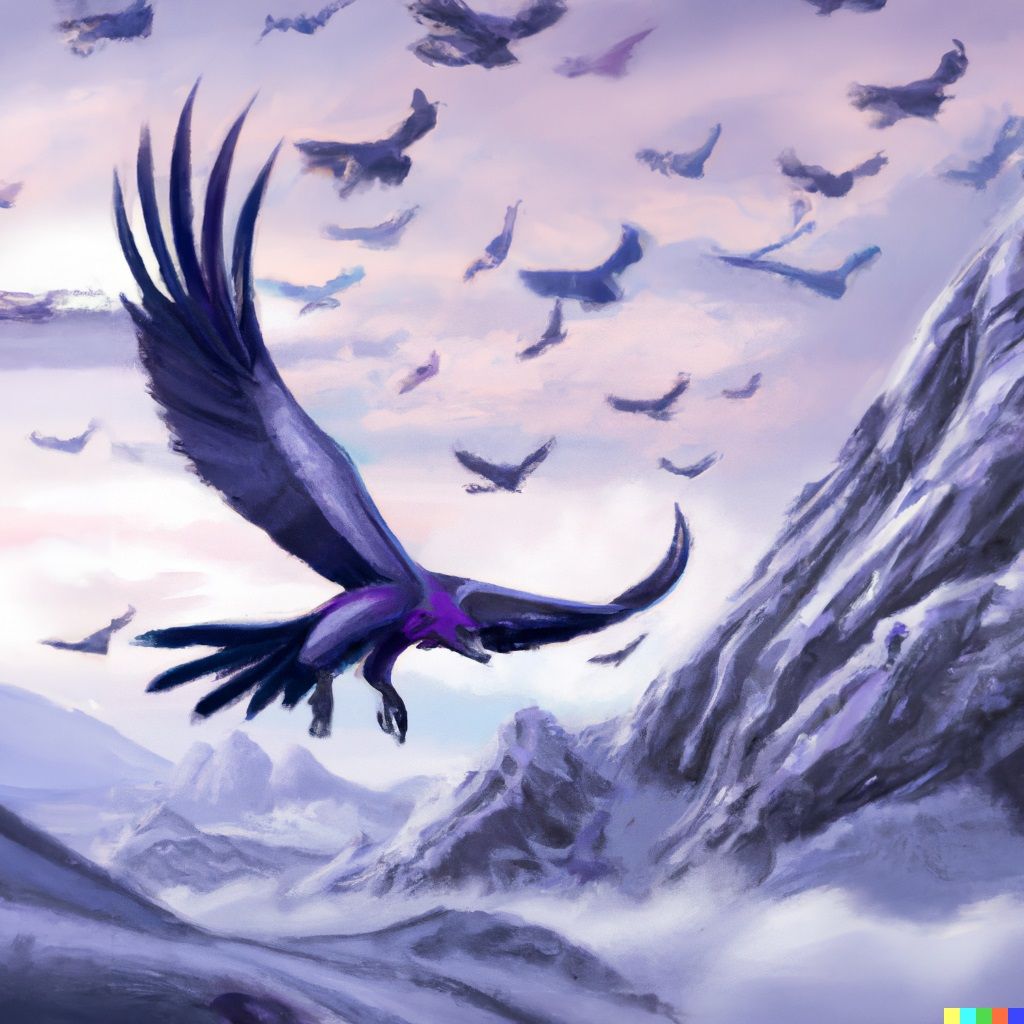
Alwari
The Alwari is a very social creature, and is often seen in groups. It is a herbivore, and its diet consists mainly of plants and roots. It lives in dense forests where it can hide well. The Alwari is known for its intelligence, and is able to communicate with other members of its species using a complex system of grunts and body language. The Alwari is also known to be a very good swimmer, and is often seen swimming in rivers and lakes. The Alwari's horns are used for digging up food, but also for self defence and to intimidate rival Alwari.
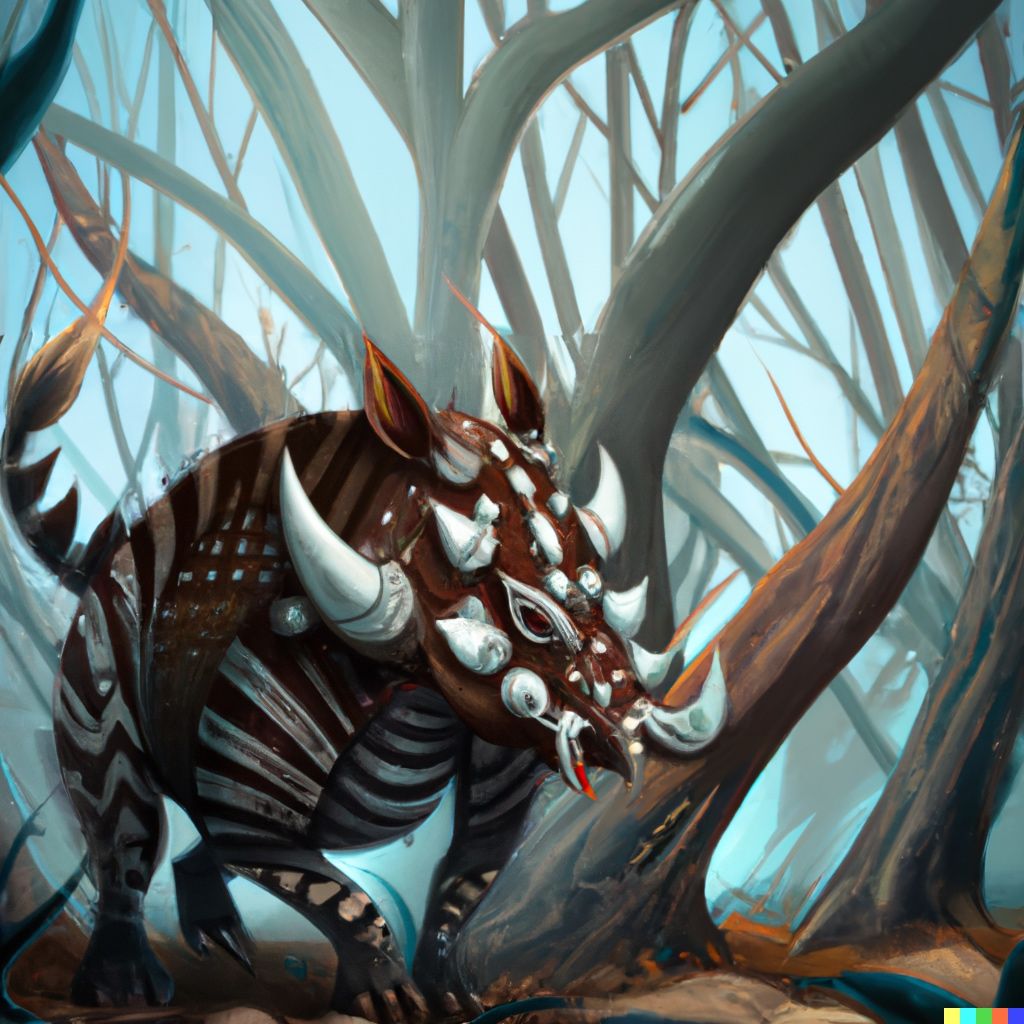
Hydrofant
The Hydrofant is a large fish found in large freshwater lakes. It is called Hydrofant, because it can grow as large as an elephant. It is a very slow-moving fish and is not very agile, but it can use its large mouth to vacuum up smaller fish and crustaceans. It lays eggs which hatch into larvae. The larvae grow into adults in about two years. The larvae of the Hydrofant are very small and live in the water column. They feed on plankton and other small organisms. The Hydrofant can live for up to 20 years in the wild.
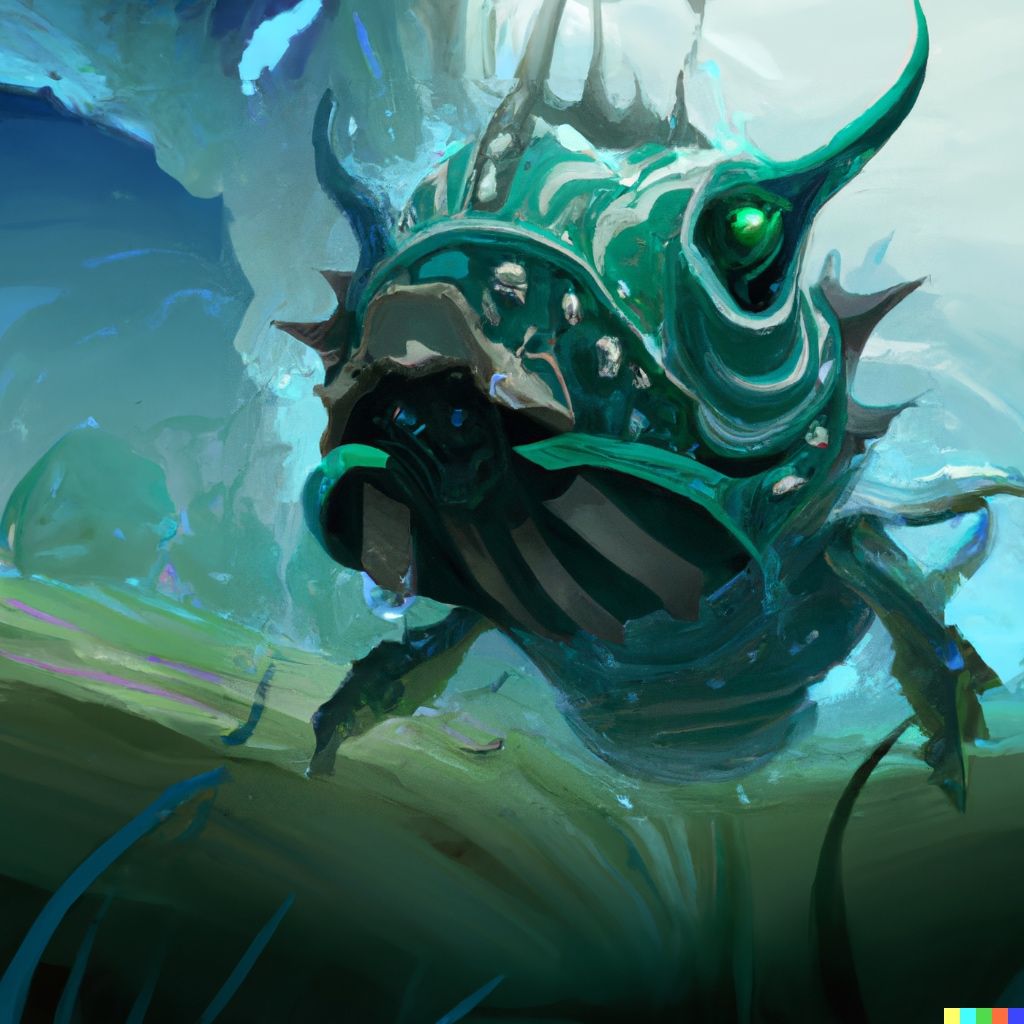
Horned furtoad
The horned furtoad is a toad that lives in the rainforest. It is covered with a moss-like fur that is red-brown in color, and it has many extensions that look a bit like coral. The red extensions on its head are used by the males to attract a mate. The toad is nocturnal and spends most of its time hiding in trees or under rocks. It eats insects, spiders, and other small animals. When it is threatened, it can inflate its body to make itself look bigger and more intimidating. It can grow to about 15 cm in length.
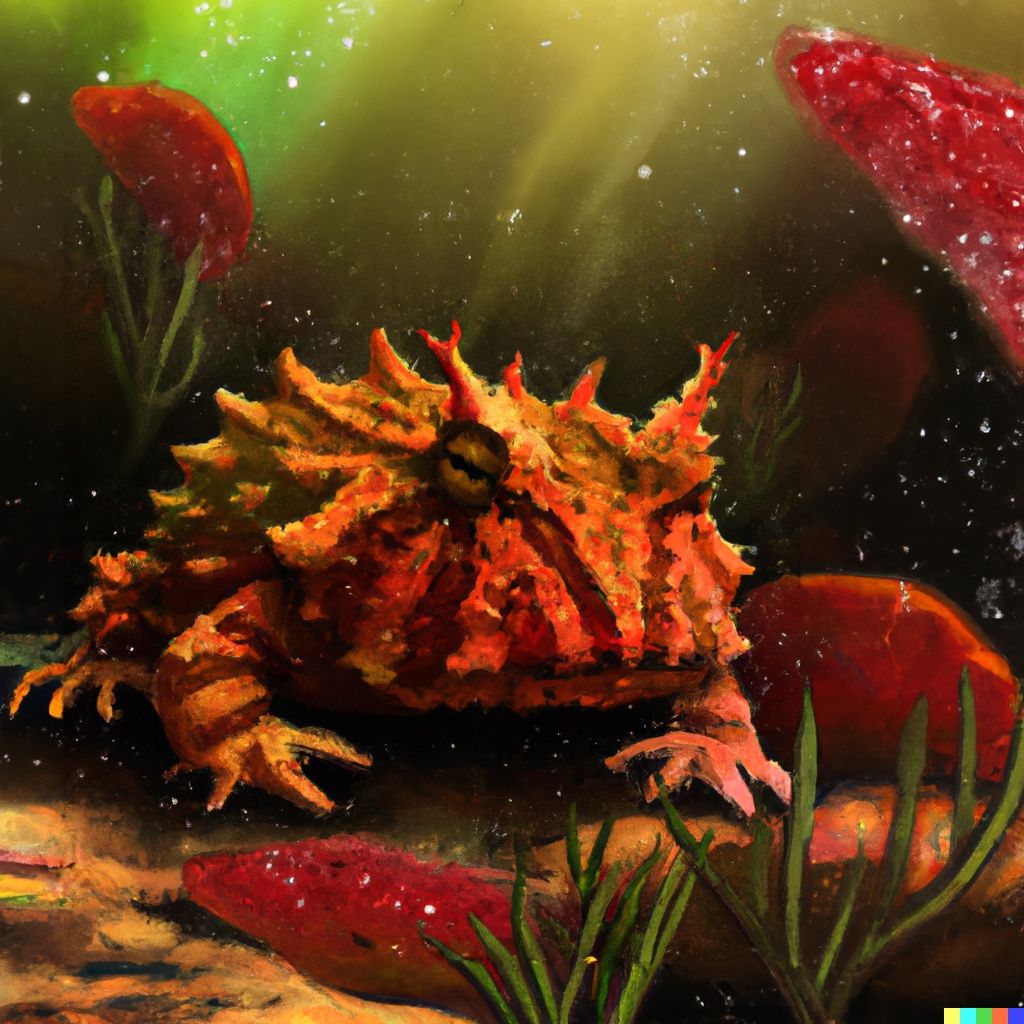
Chimawk
The Chimawk ( blackbirdus magnificus) is a large bird found in cold forests in the northern hemisphere. It is easily distinguished by its black feathers and red head, as well as its large beak. The Chimawk is a non-flying bird, due to its small wings. It is a timid creature that usually lives in small groups of no more than 10. The Chimawk's diet consists mainly of small rodents, which it hunts, as well as berries.
